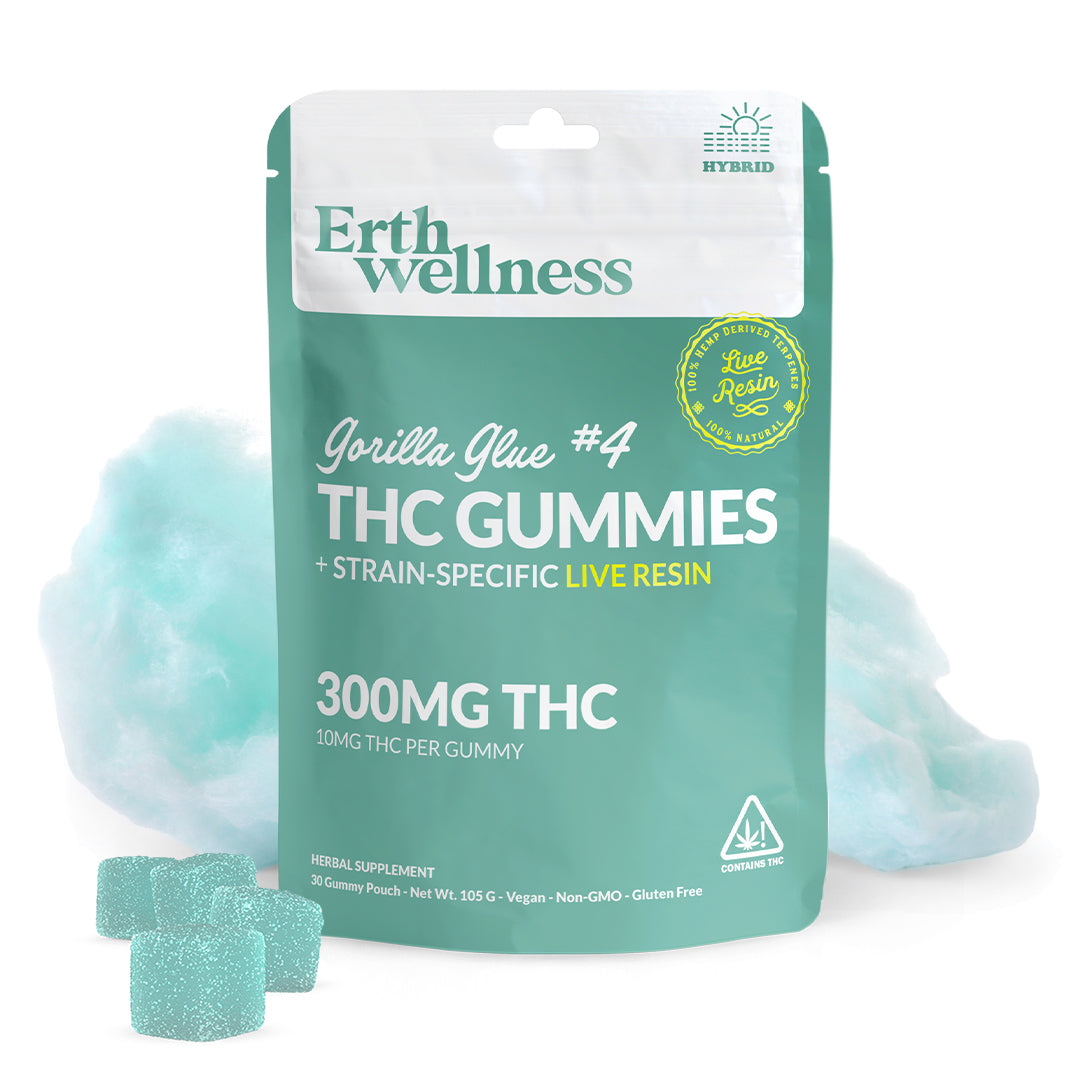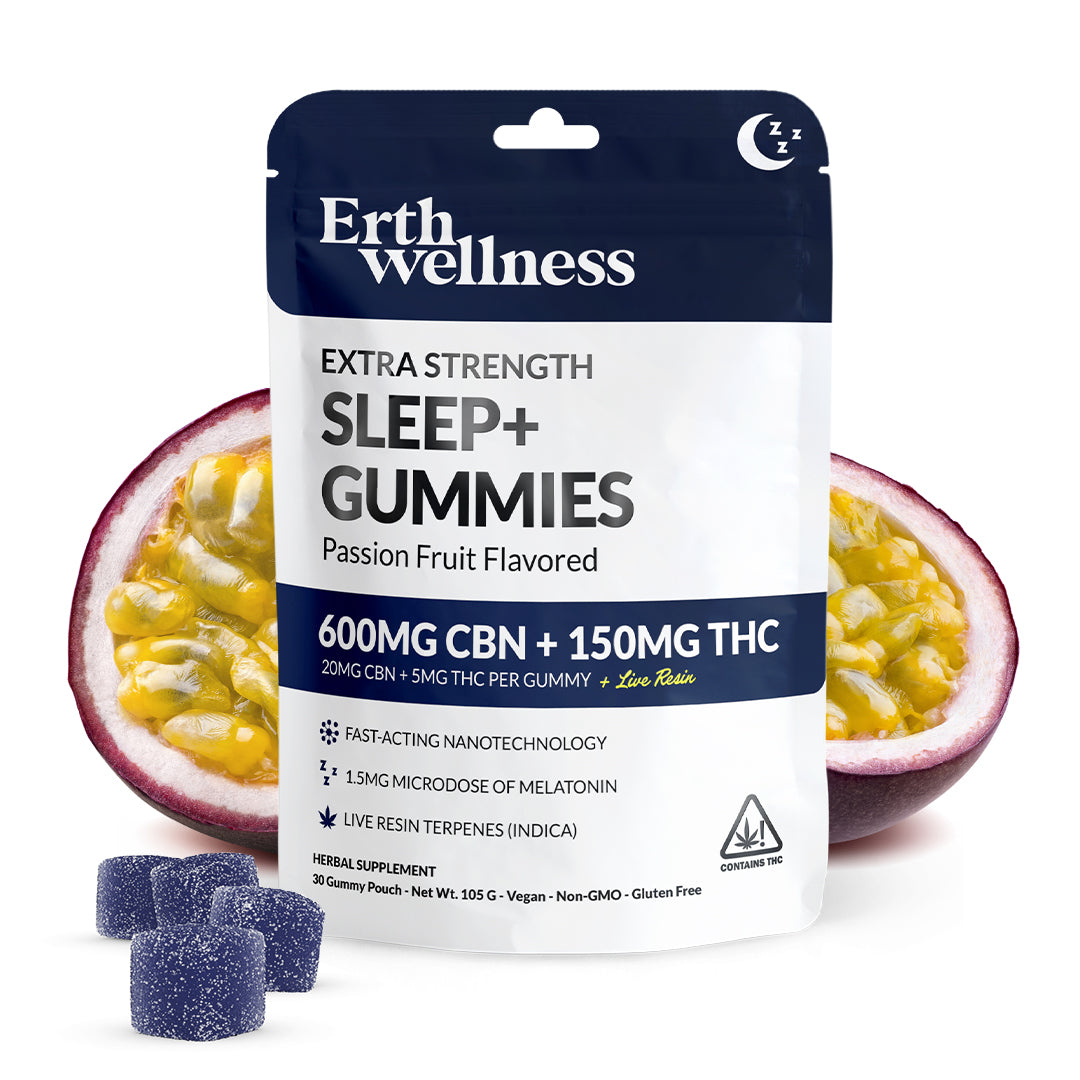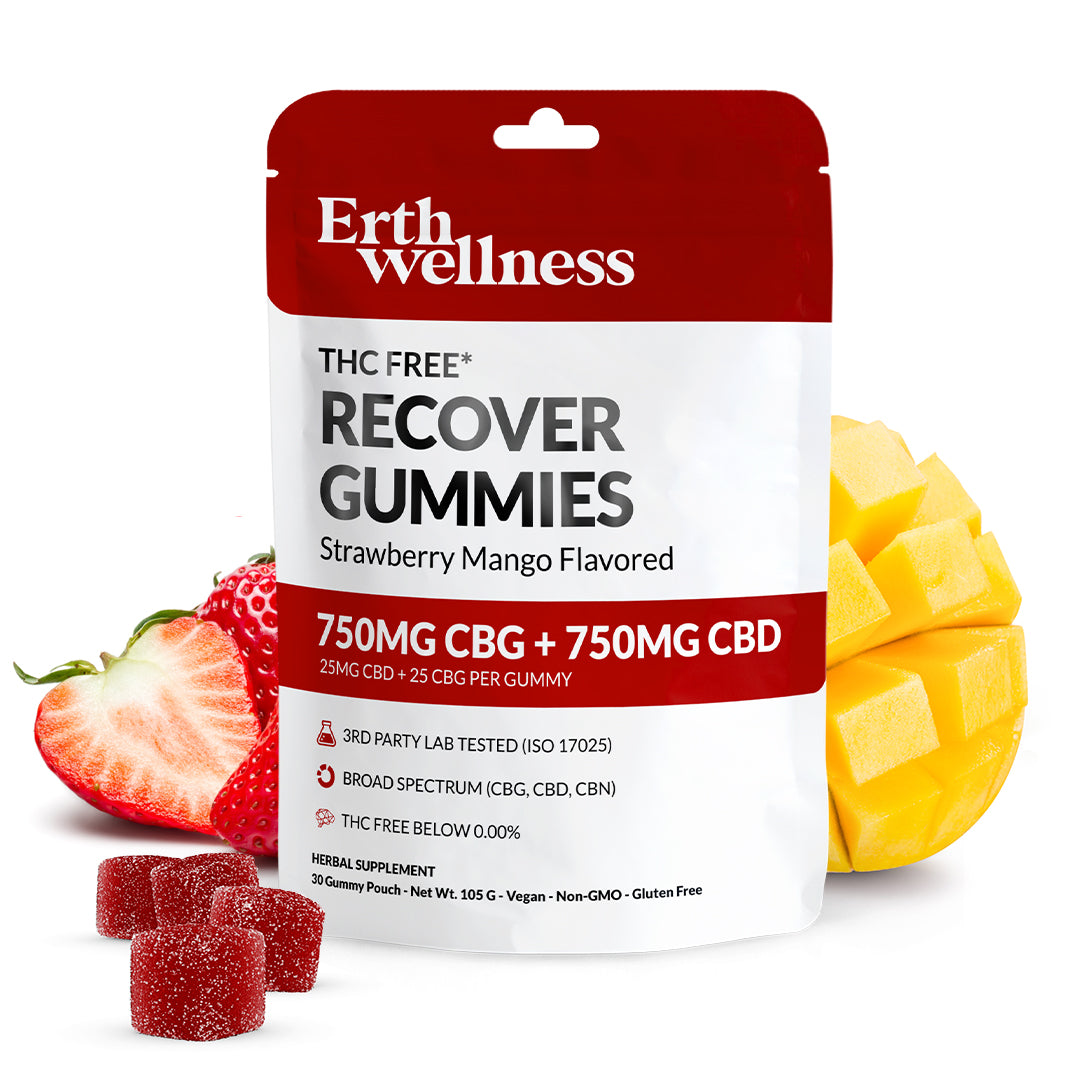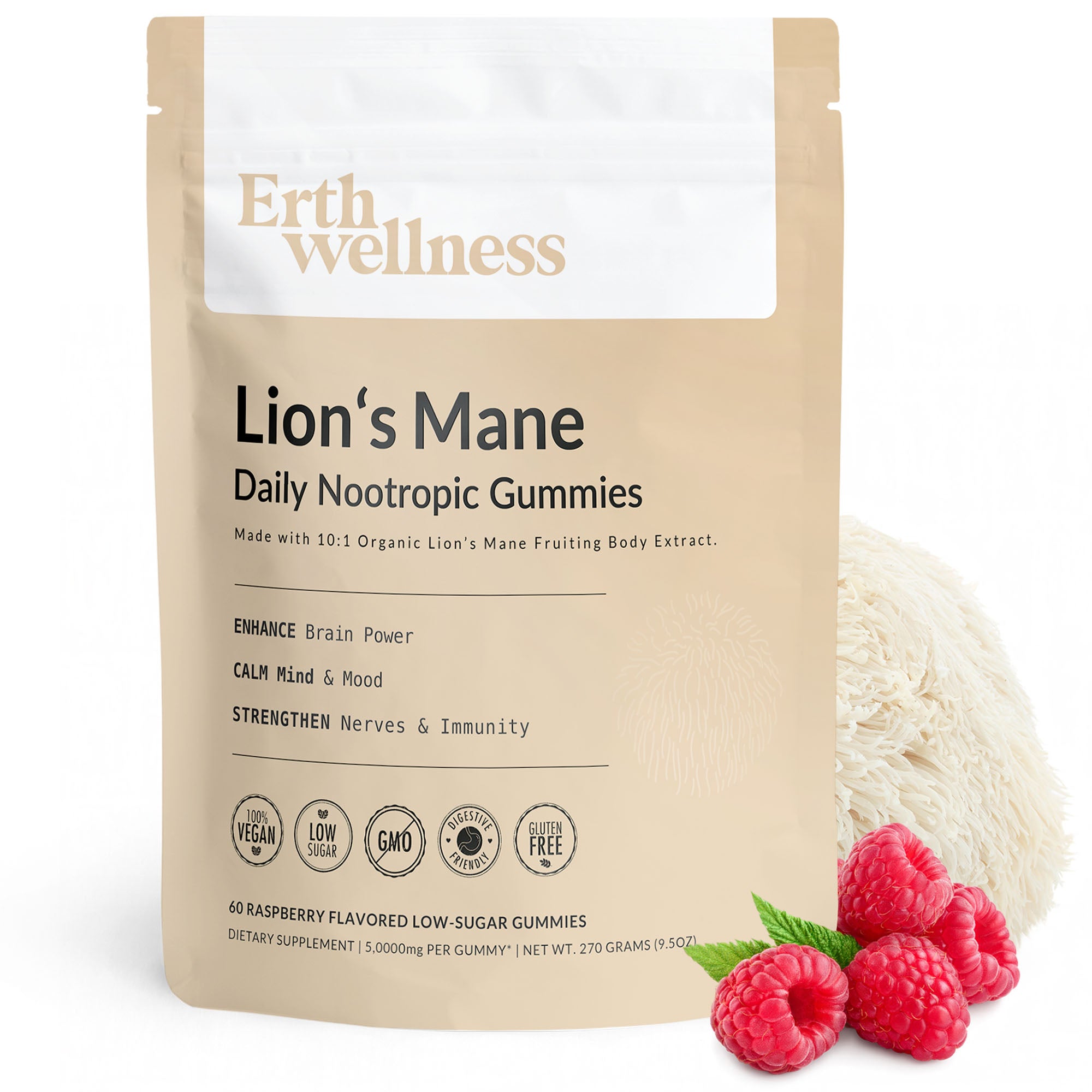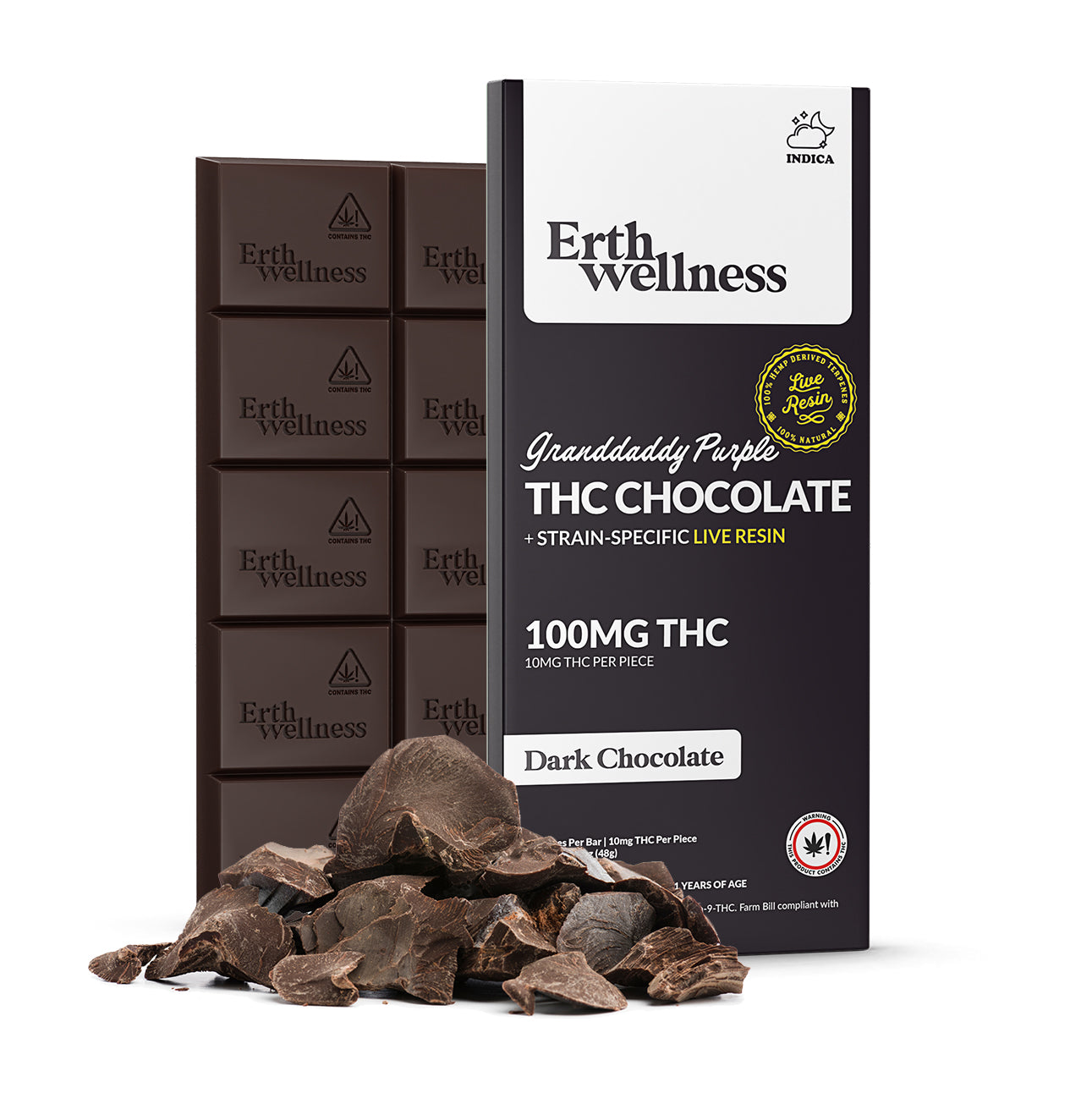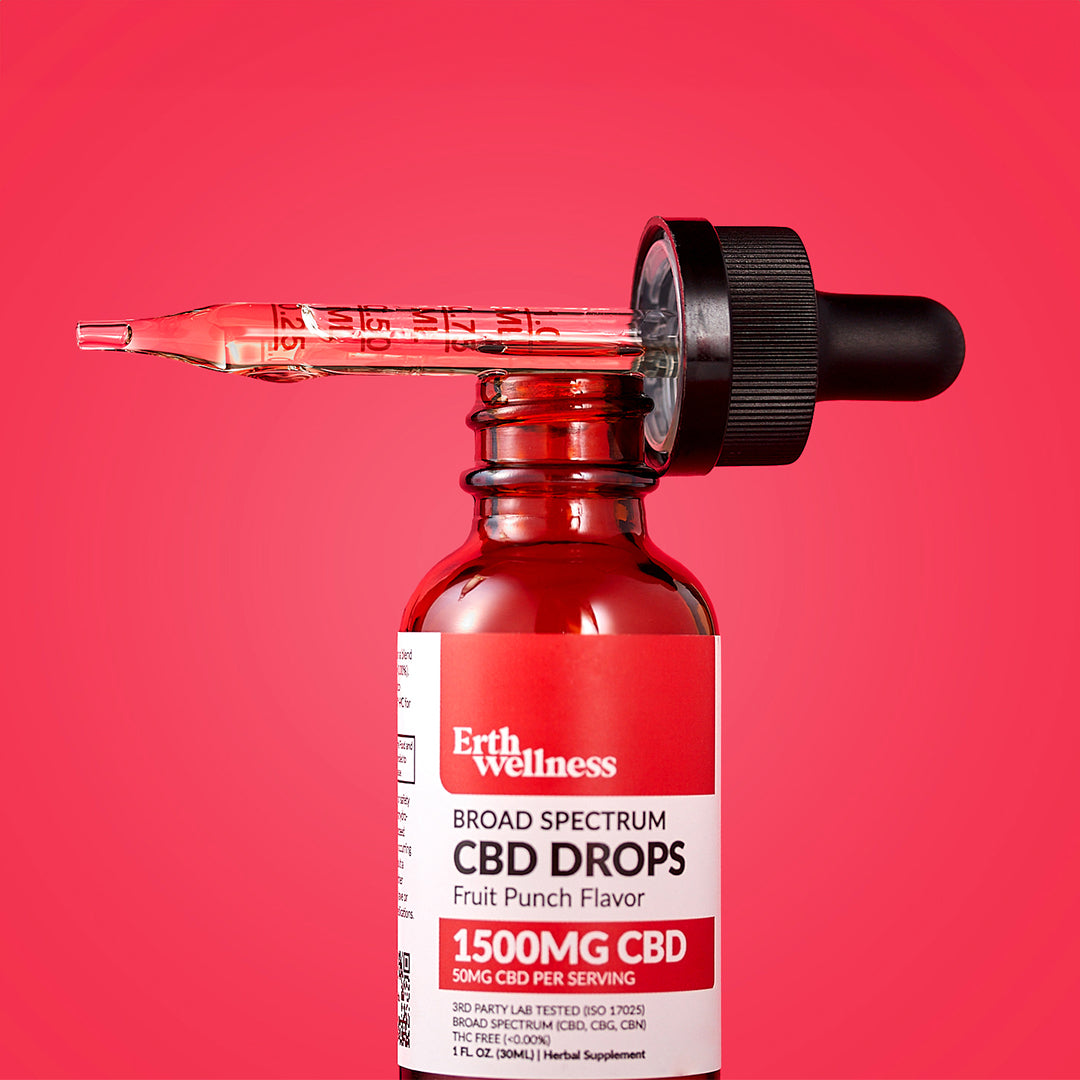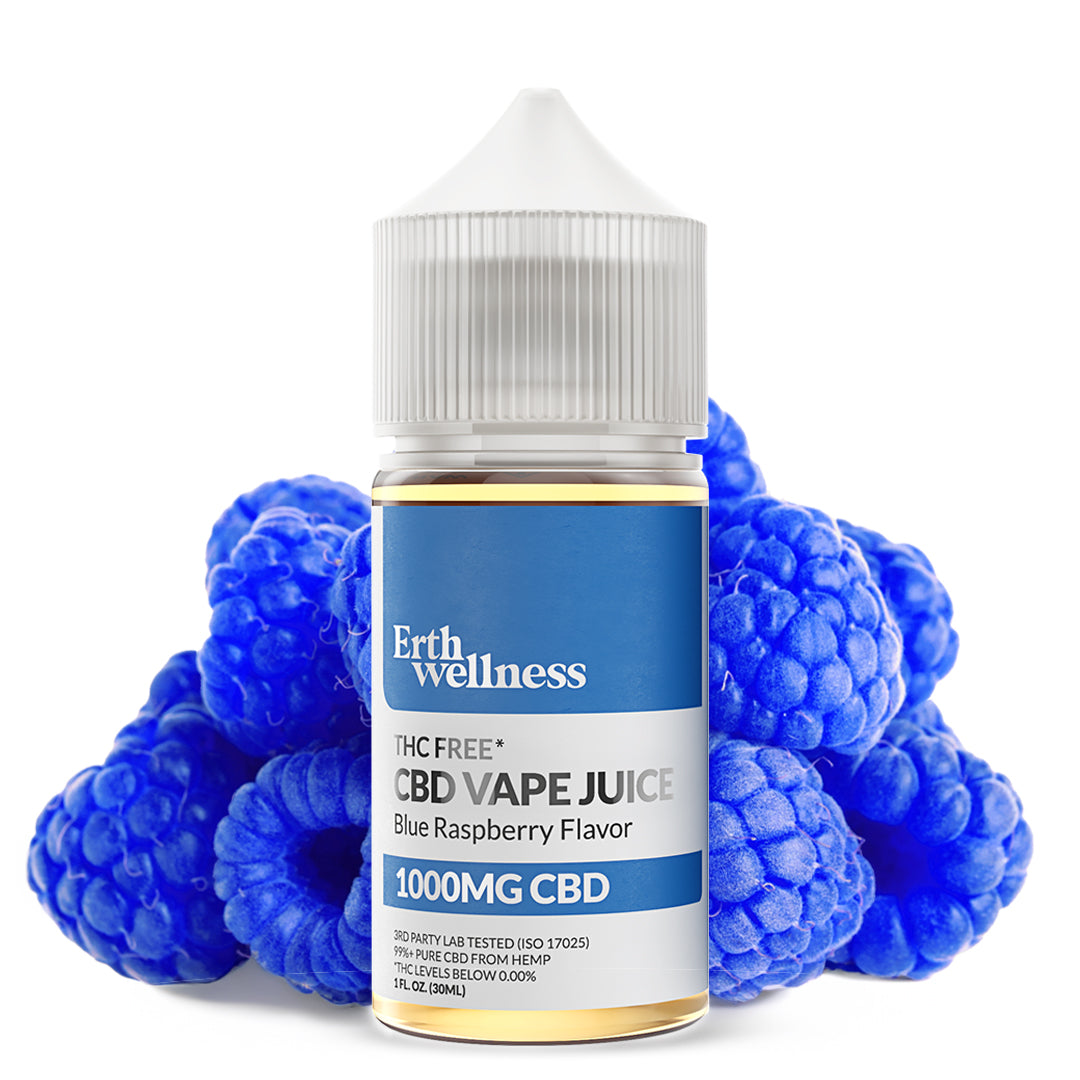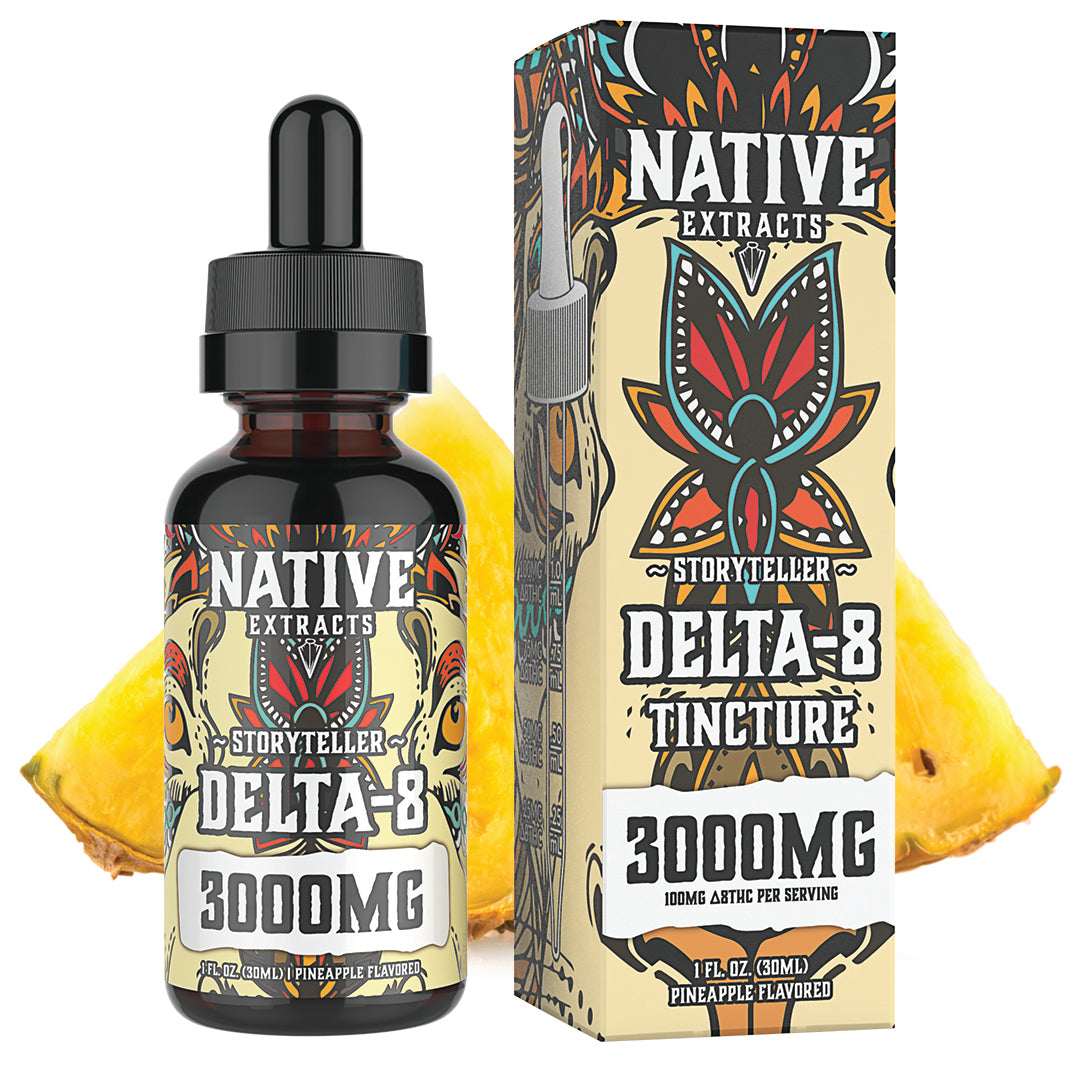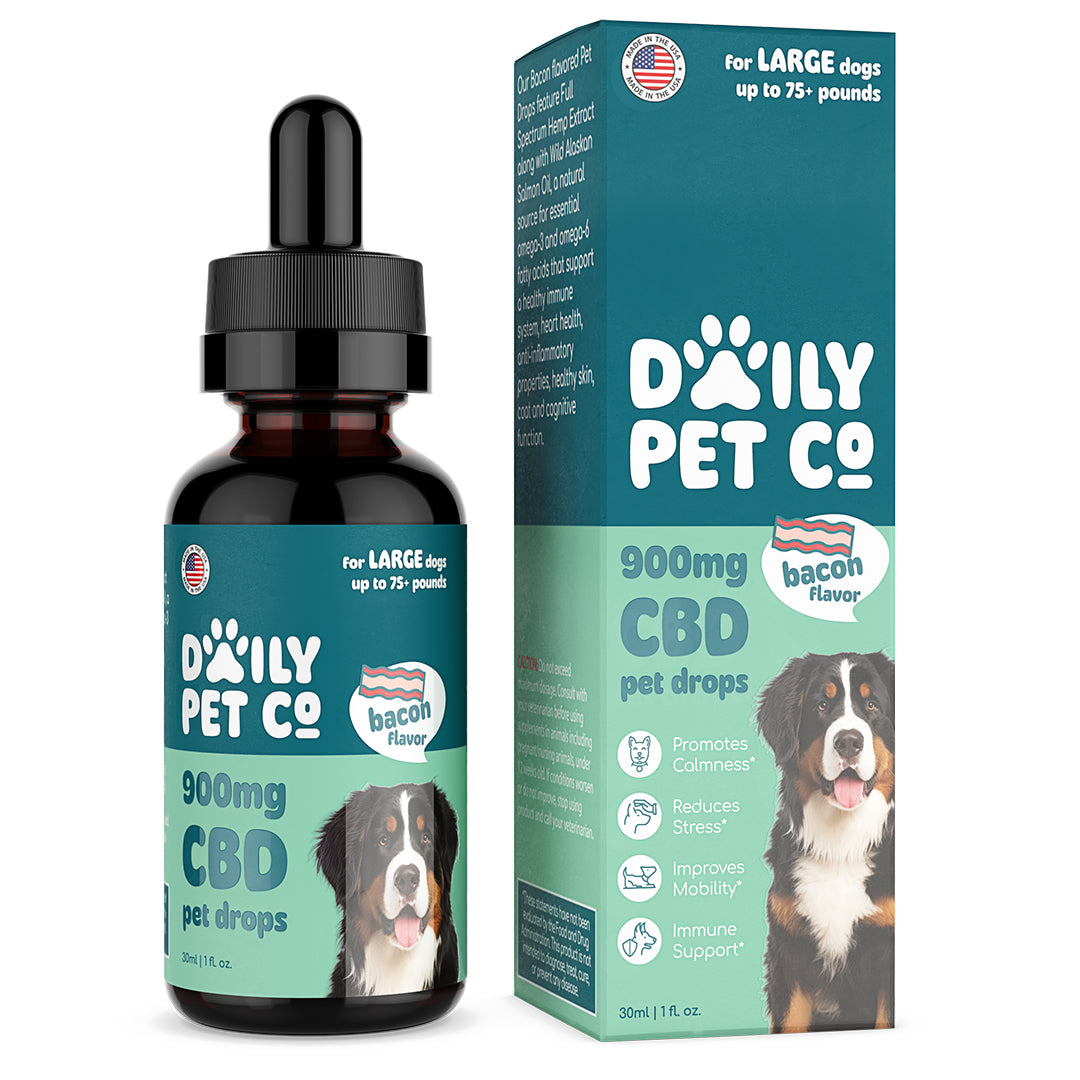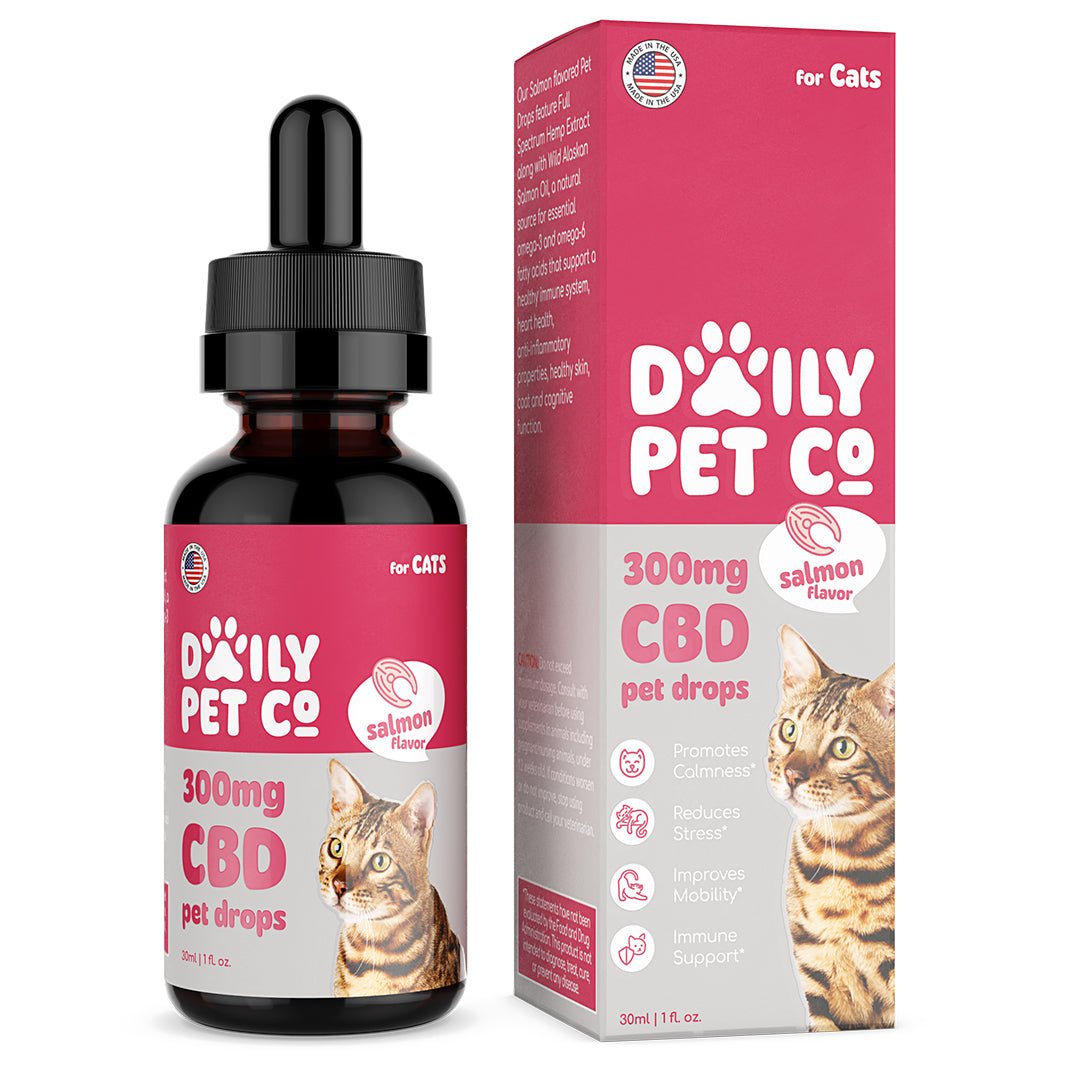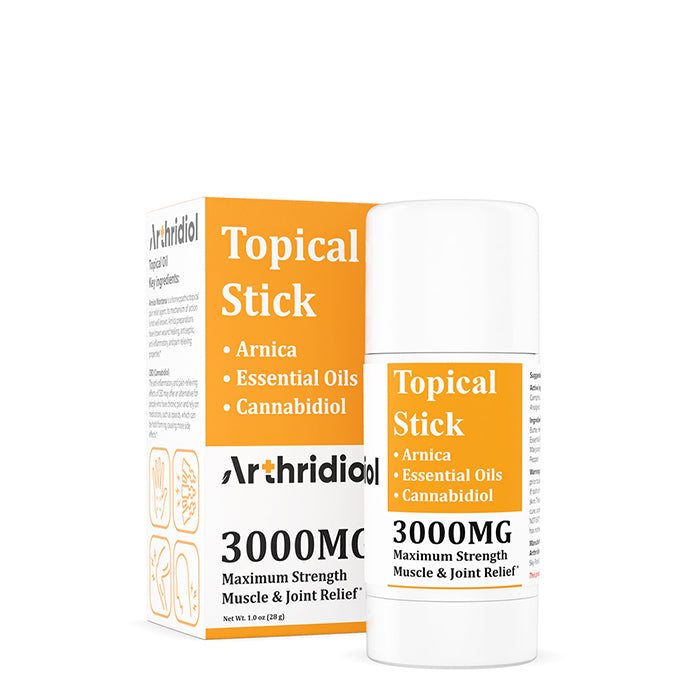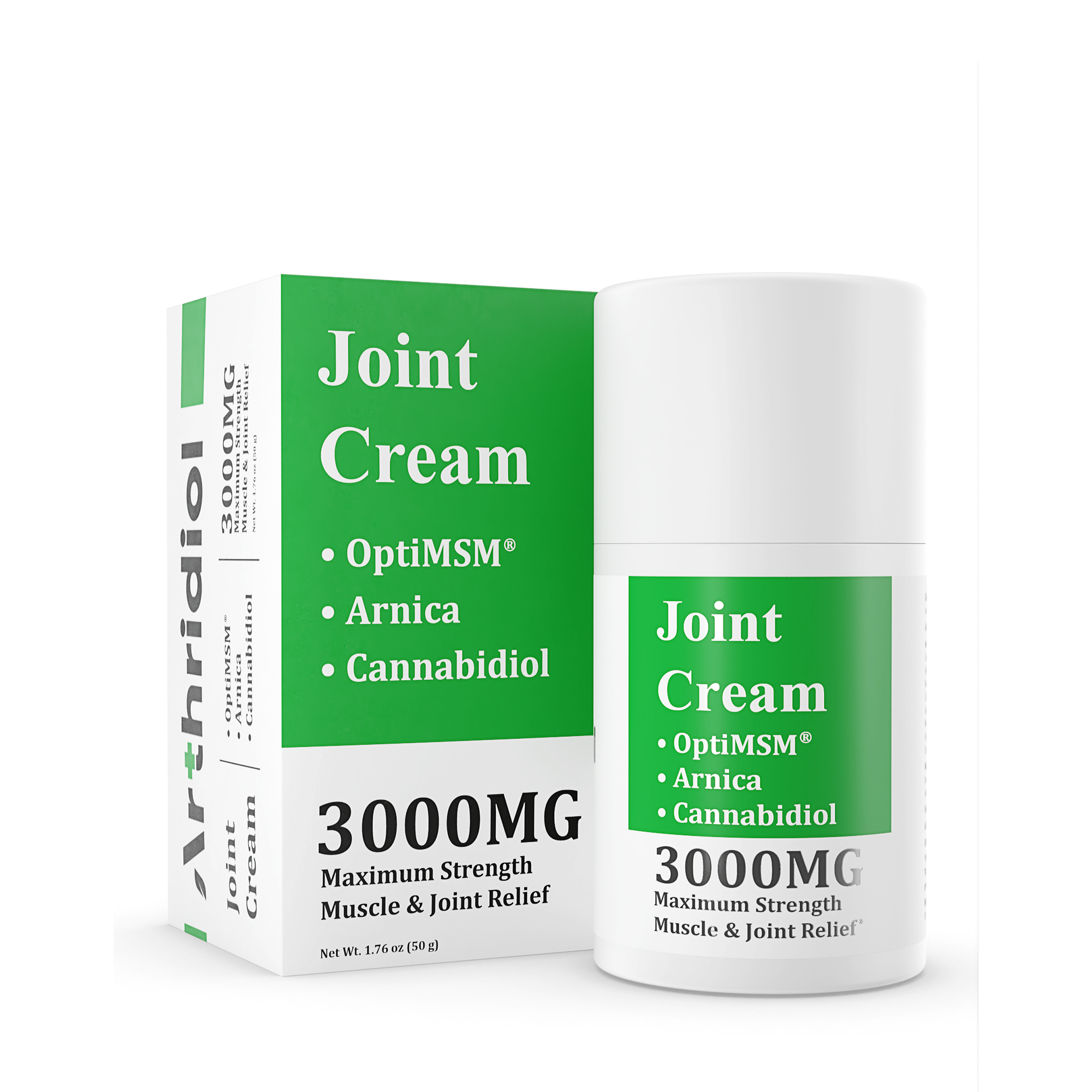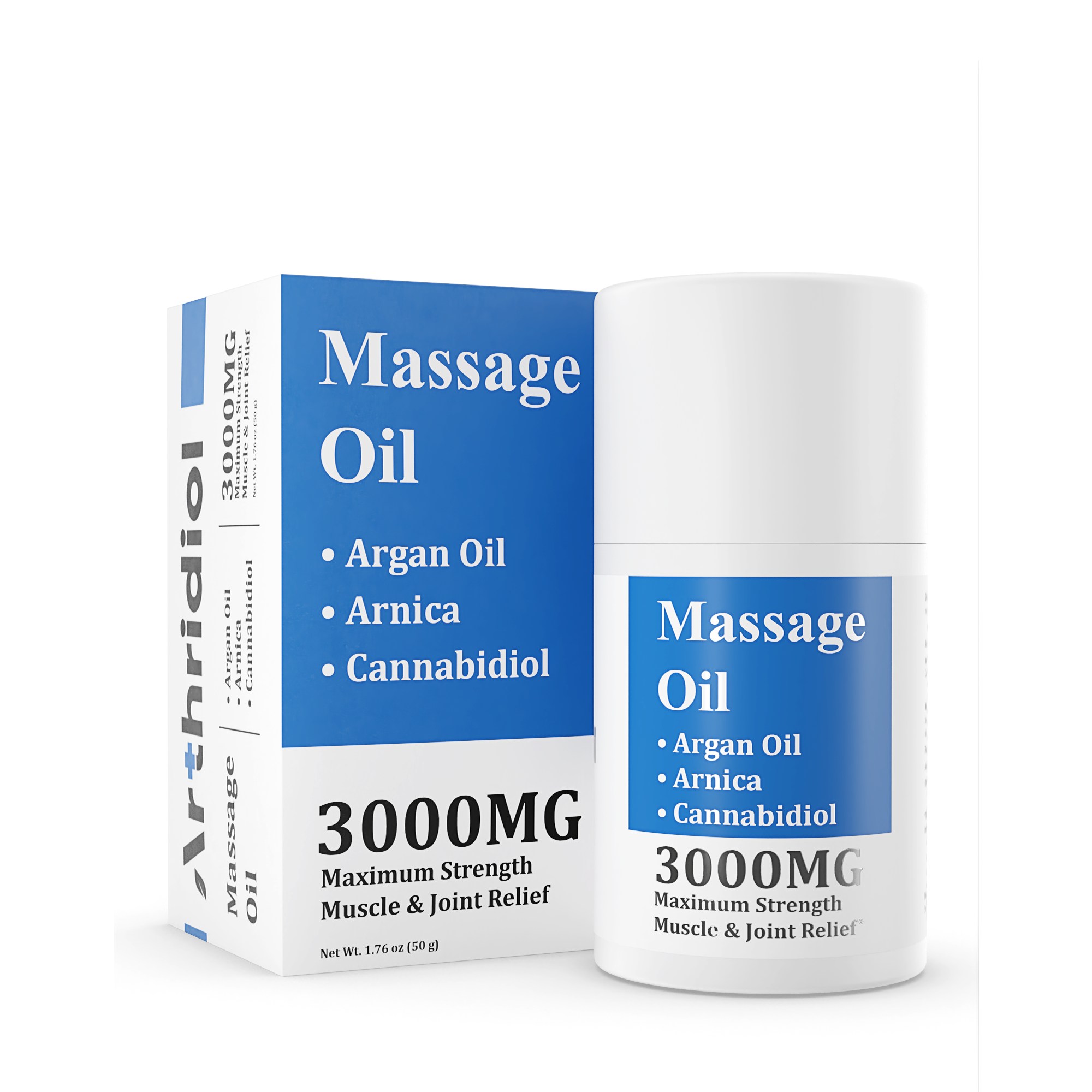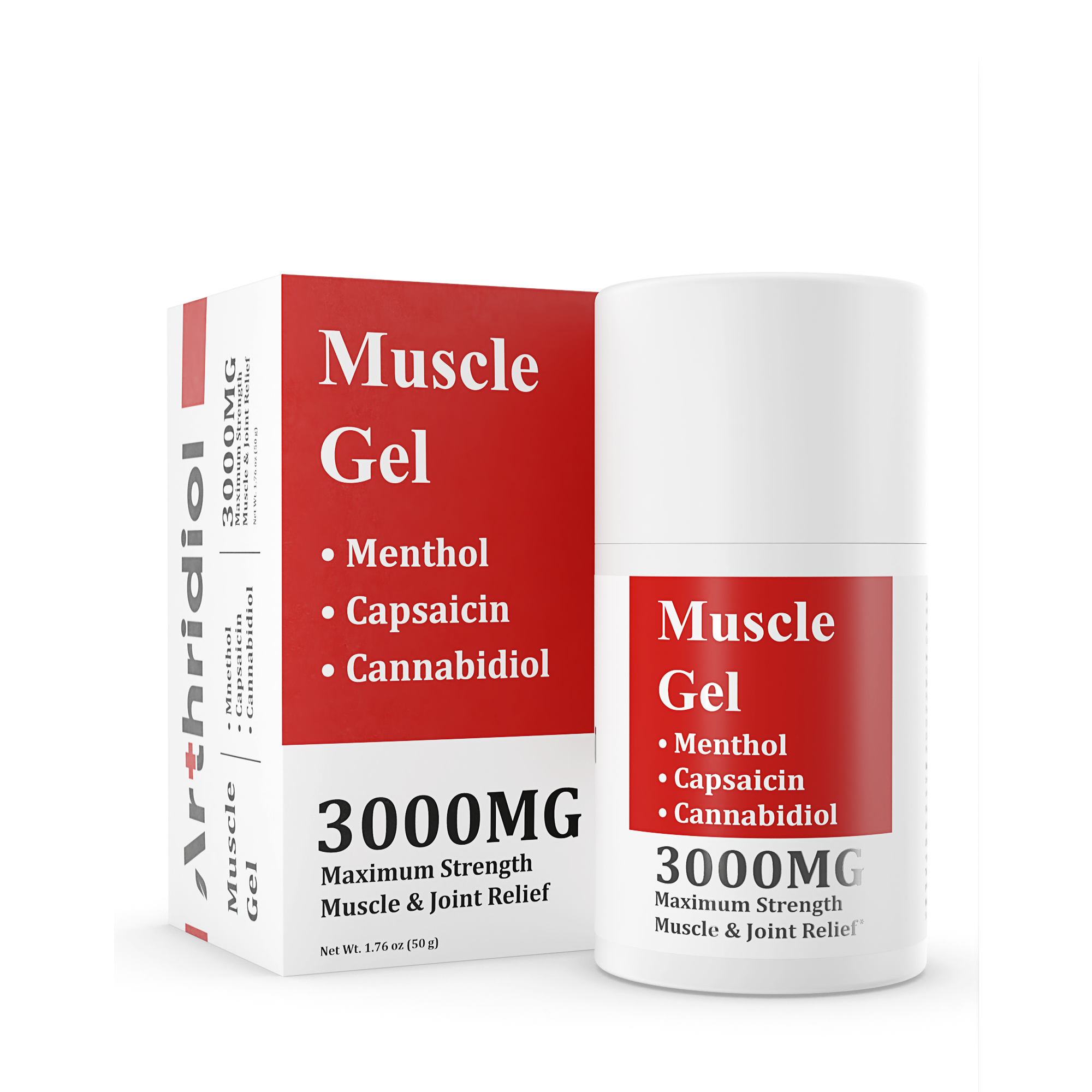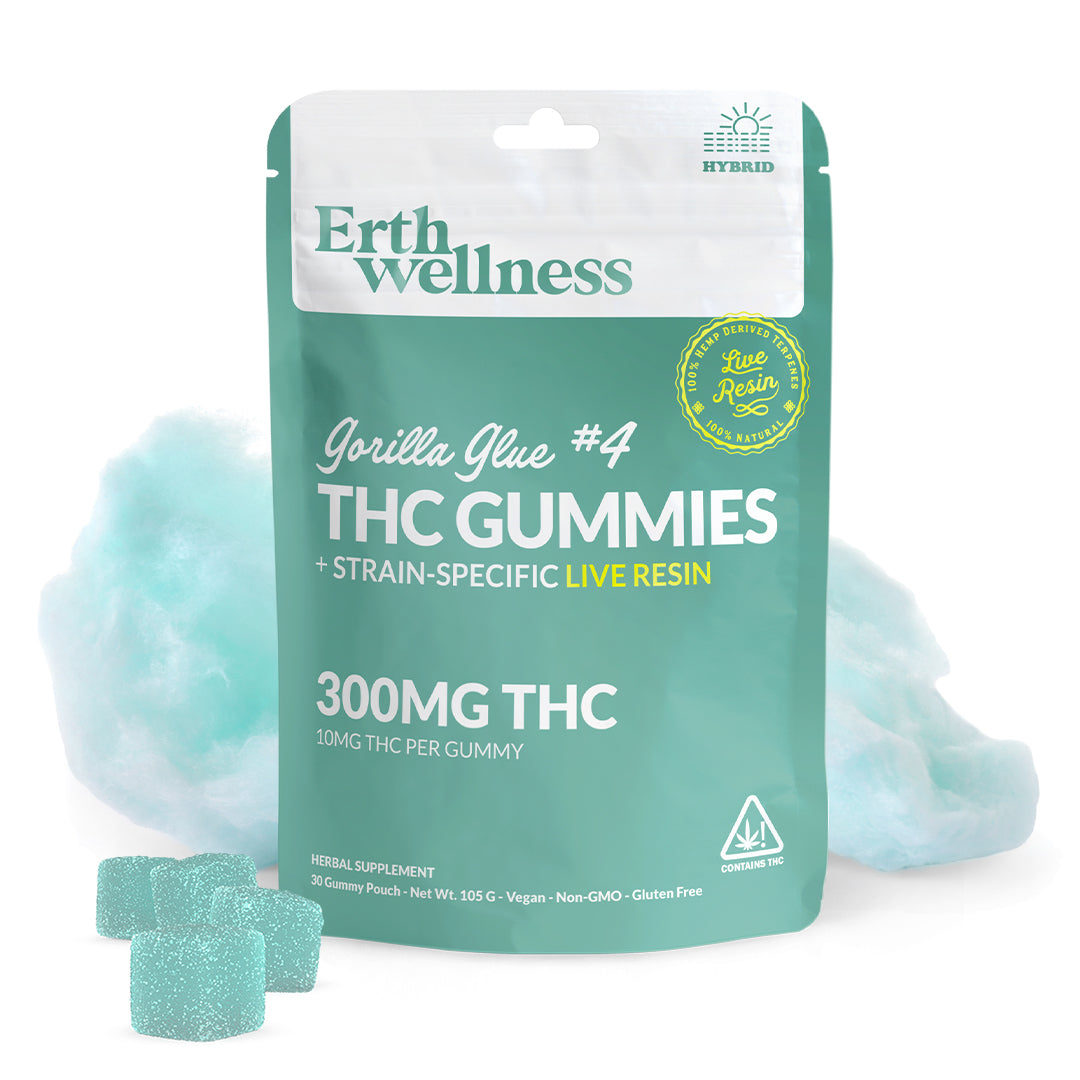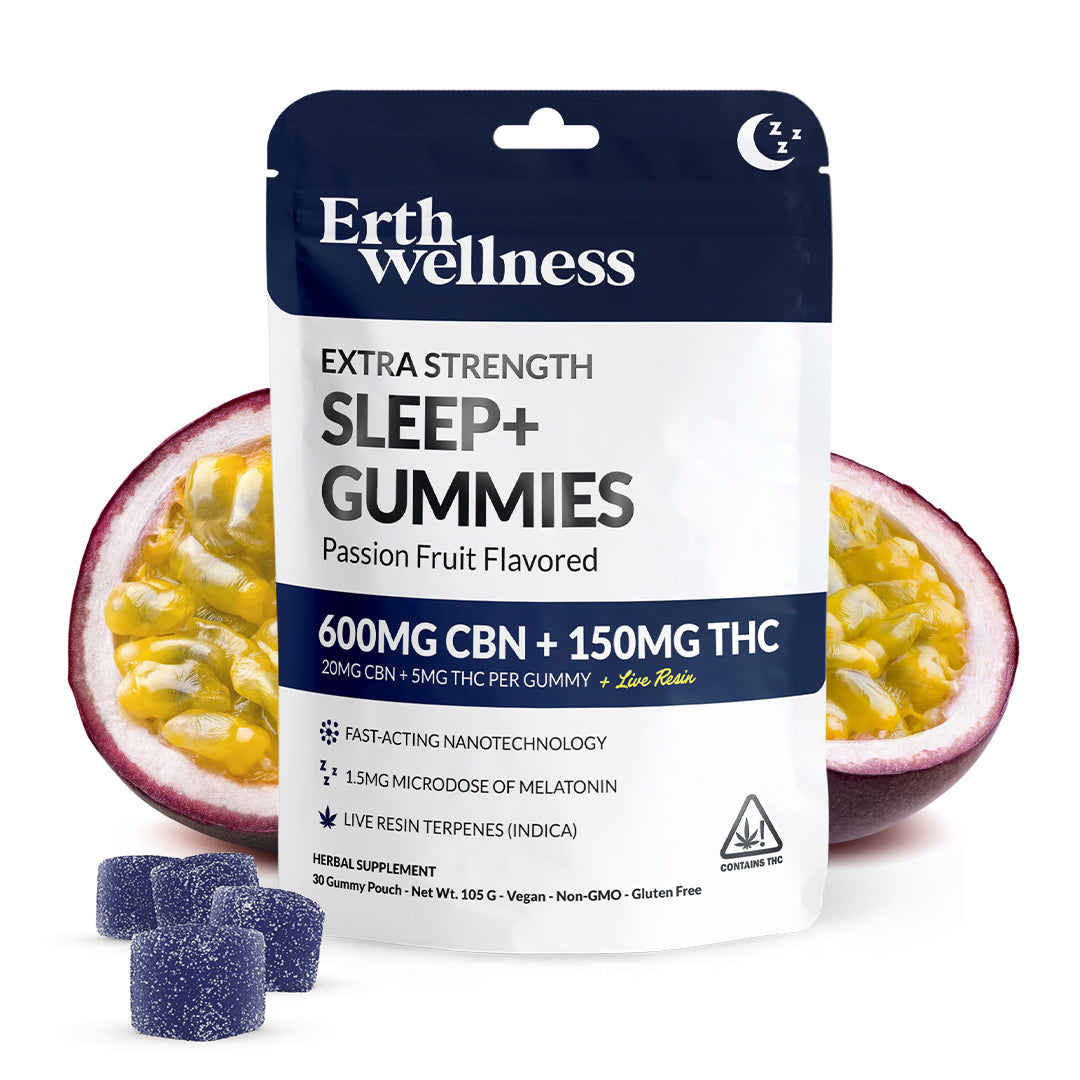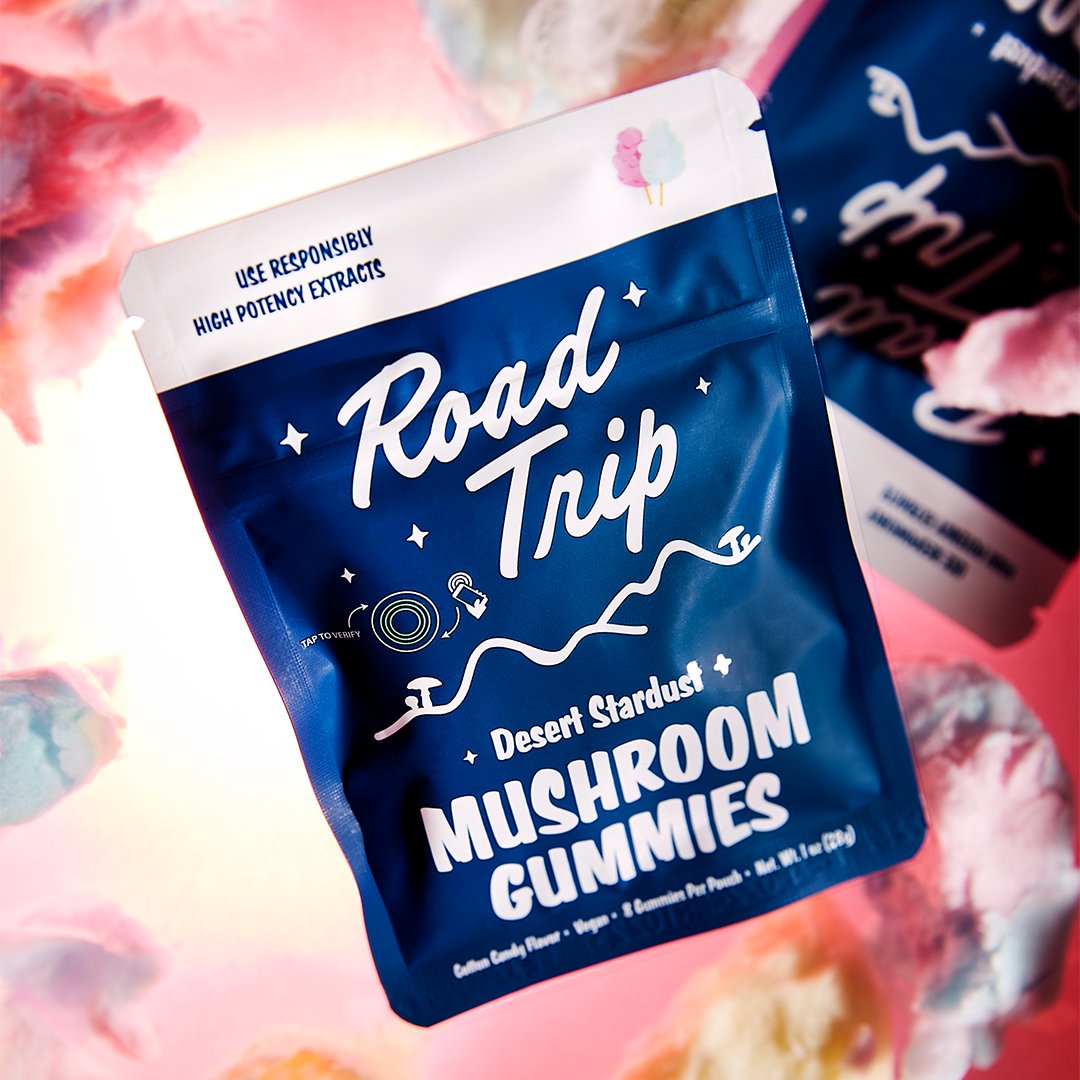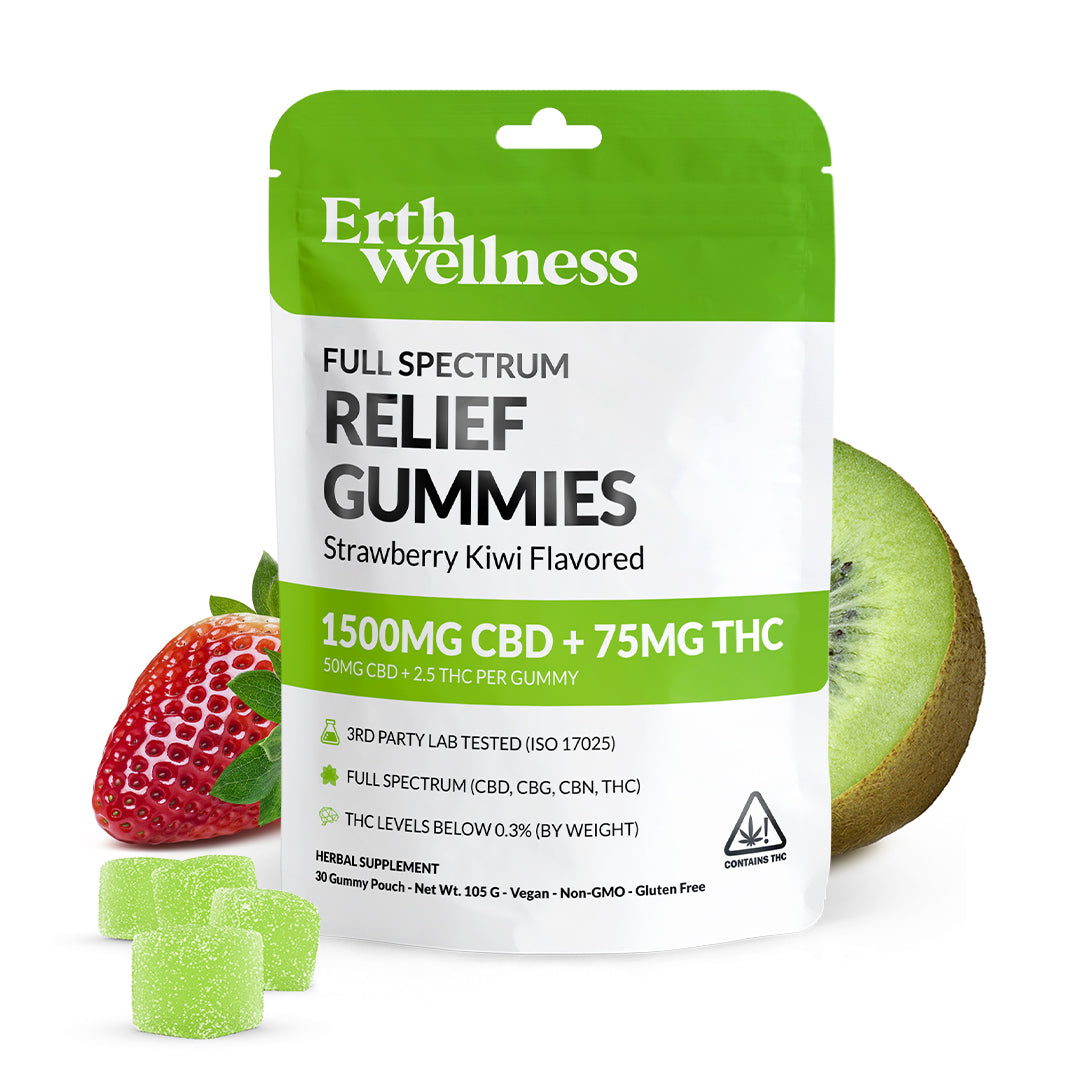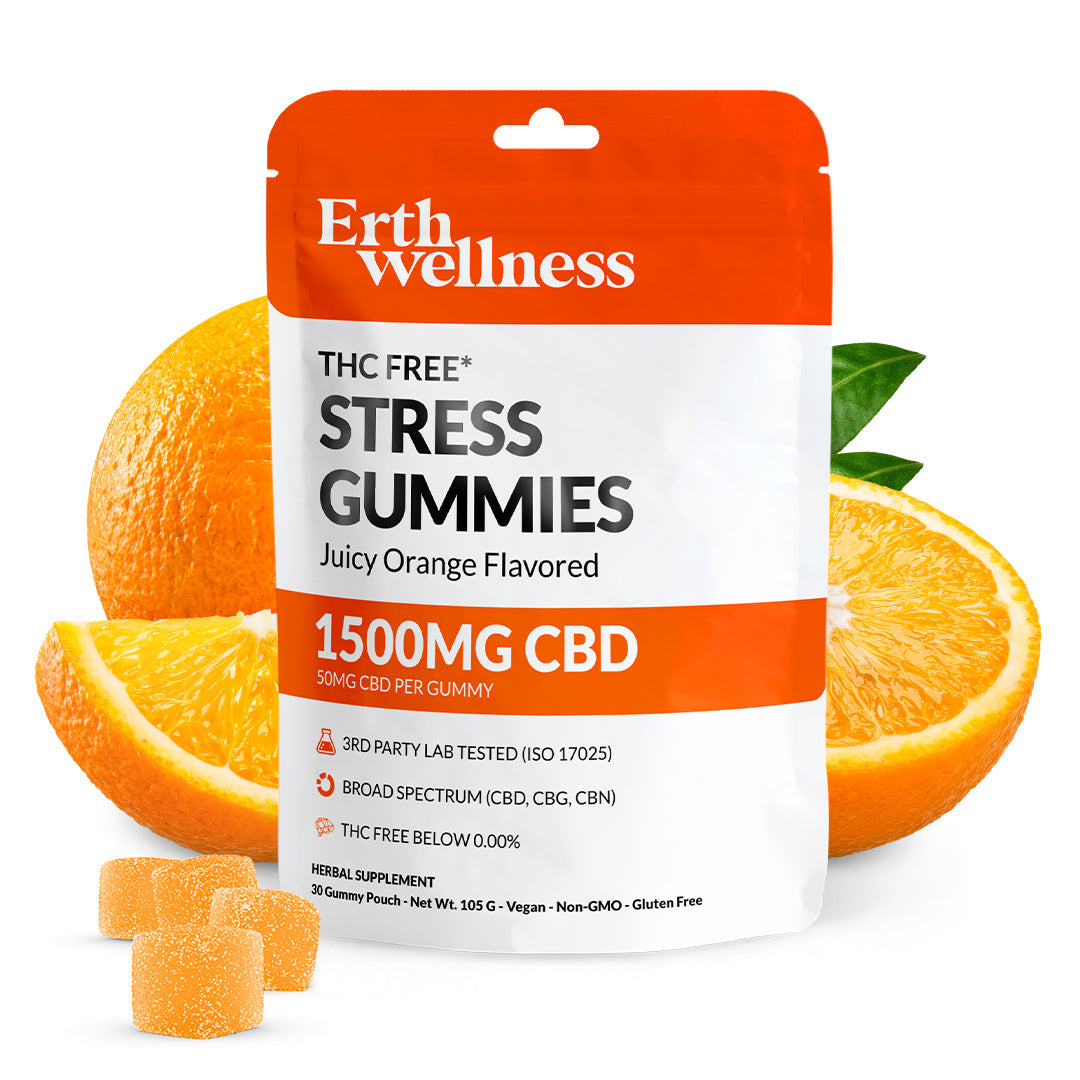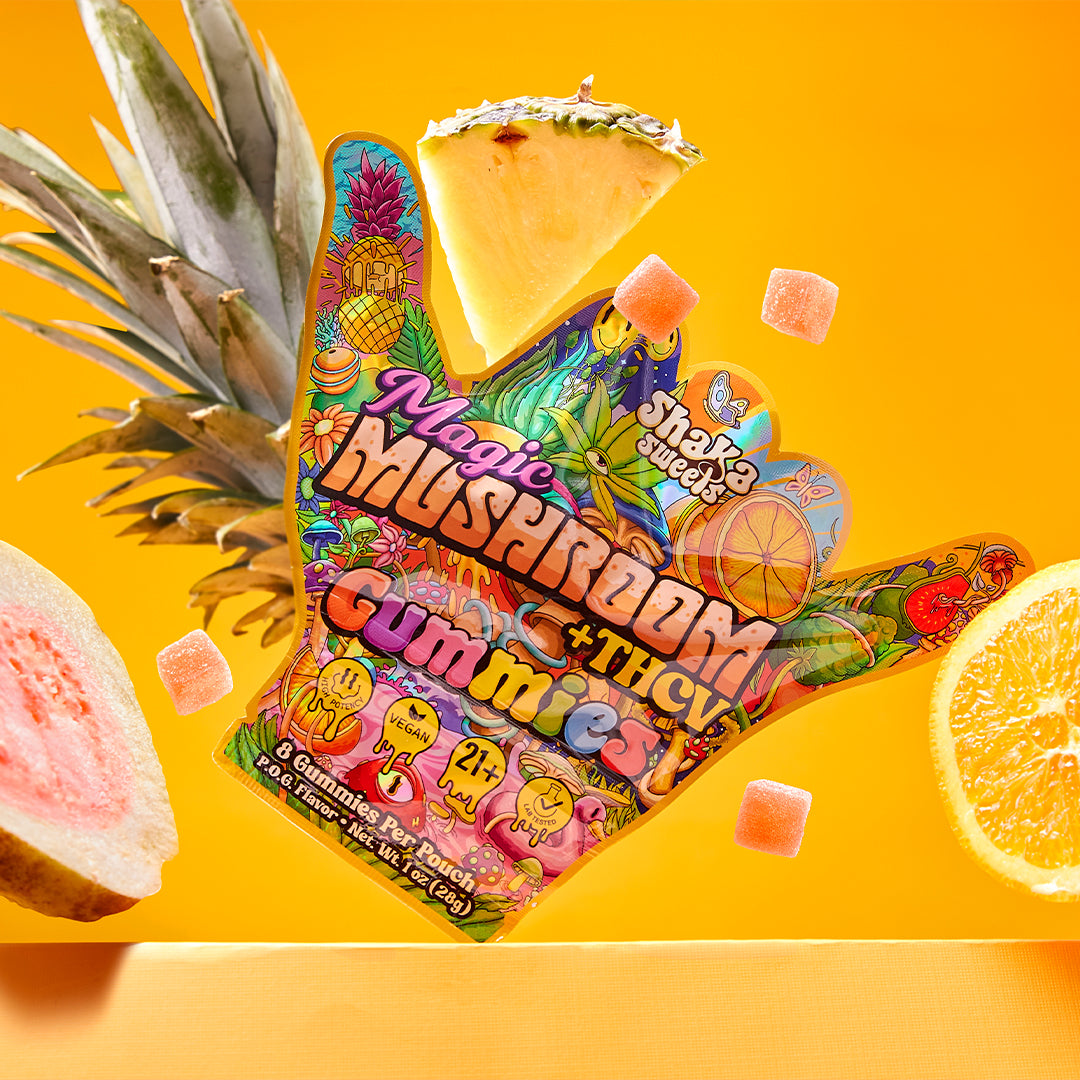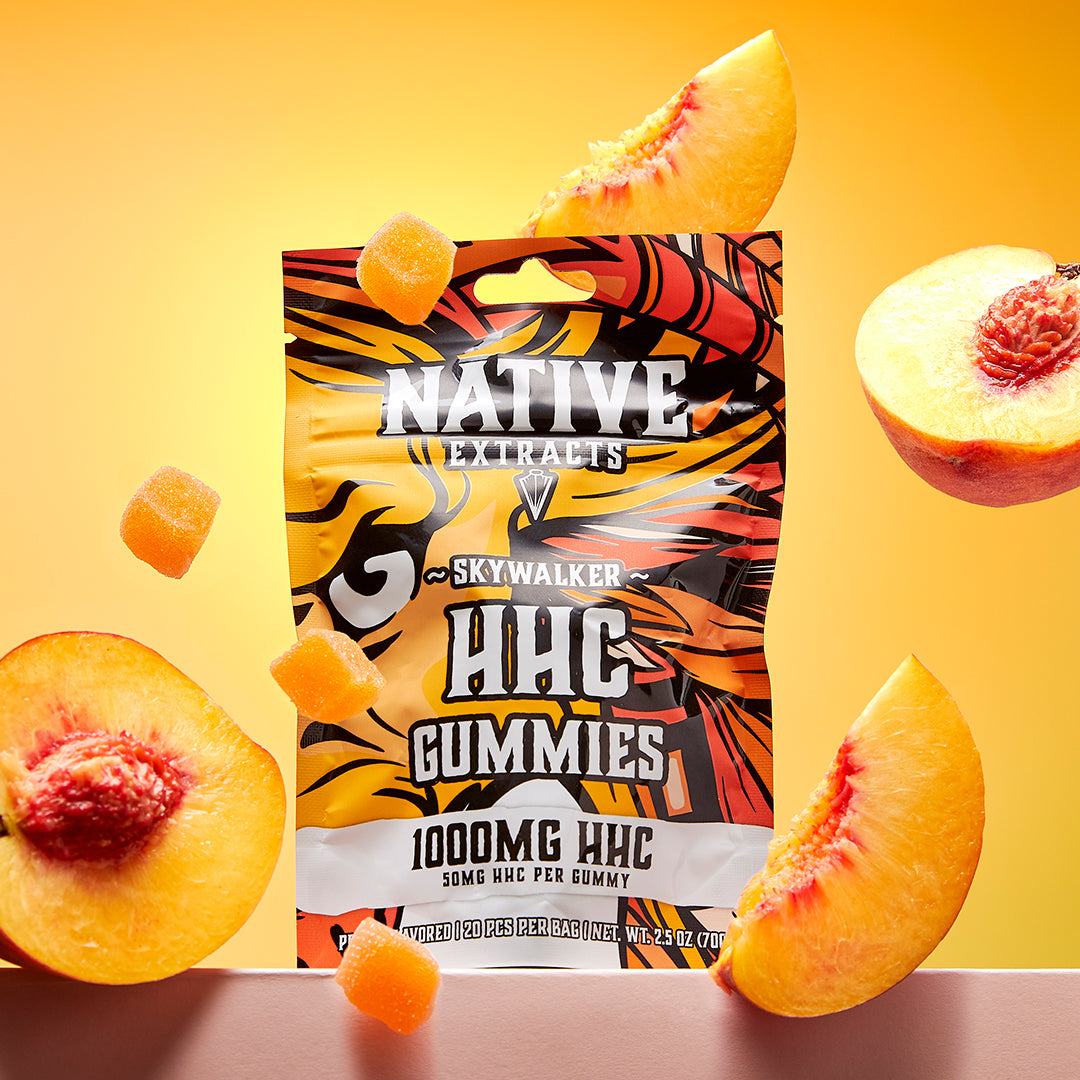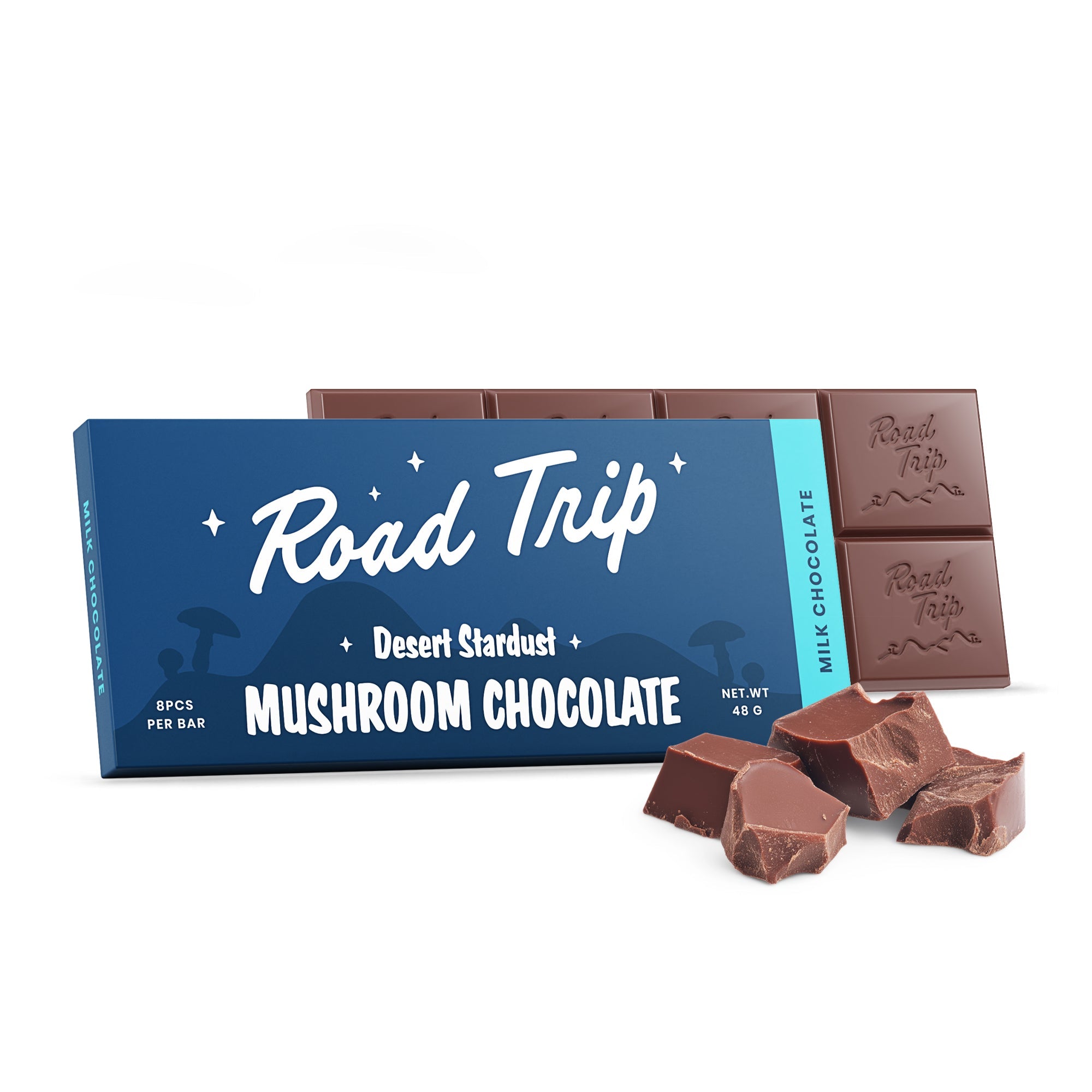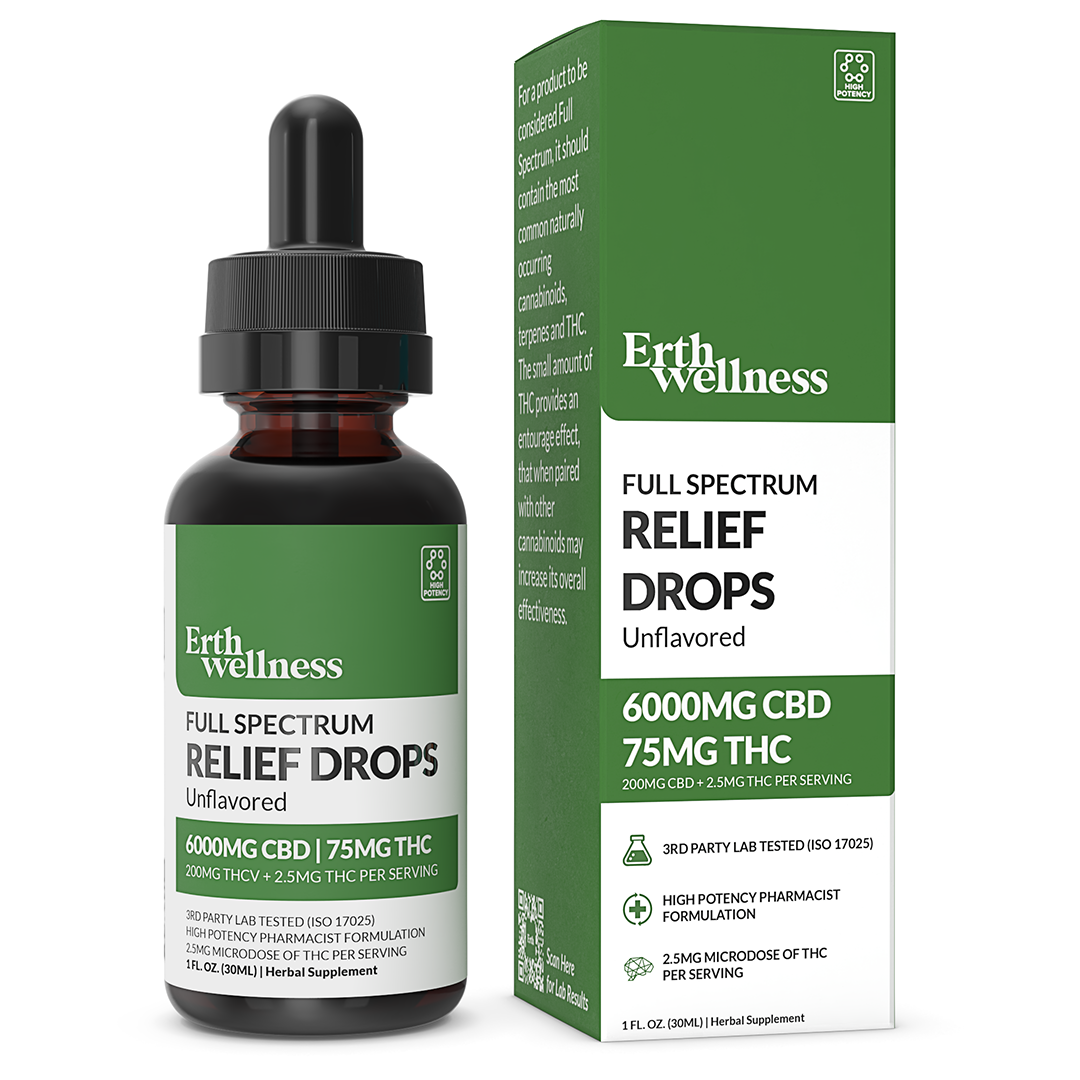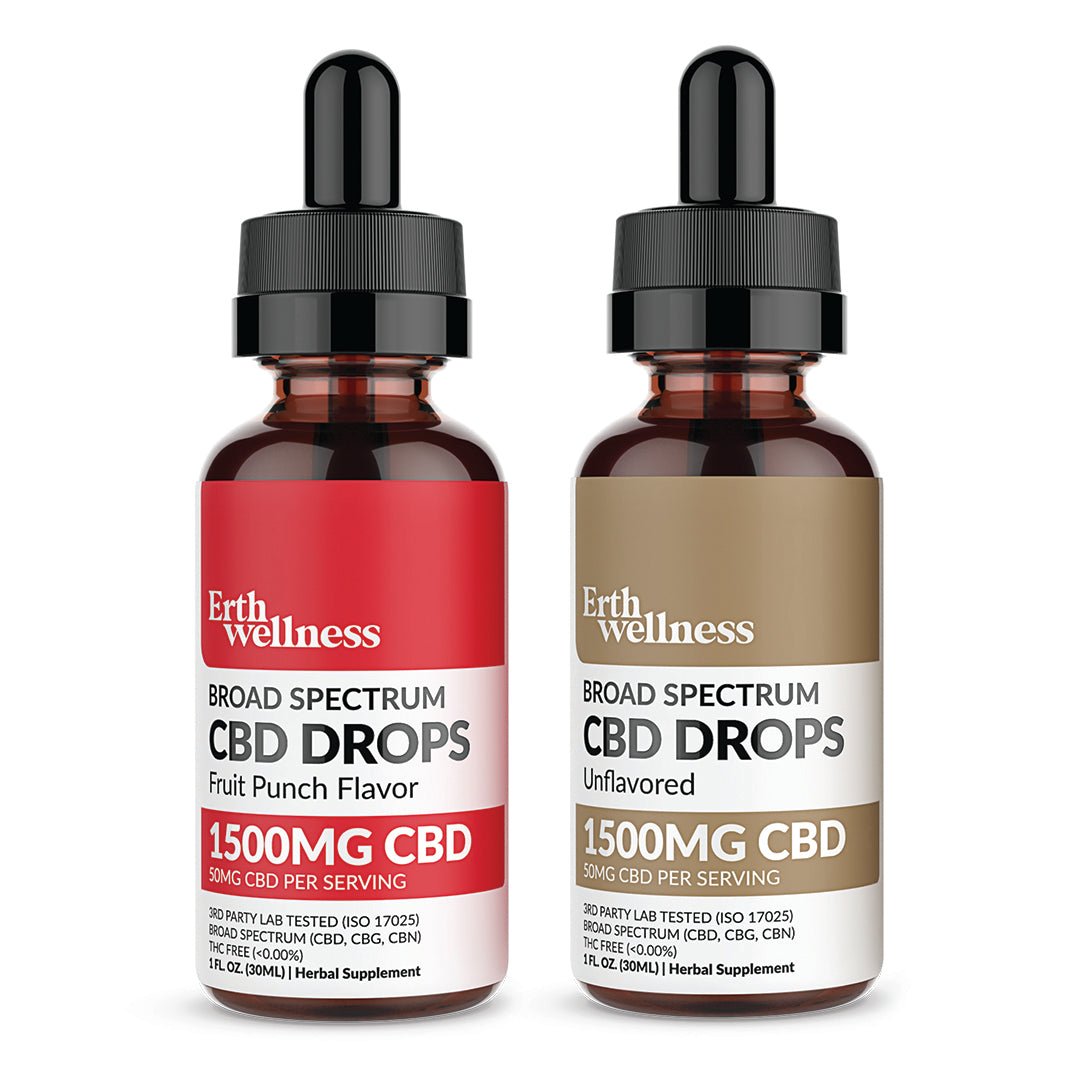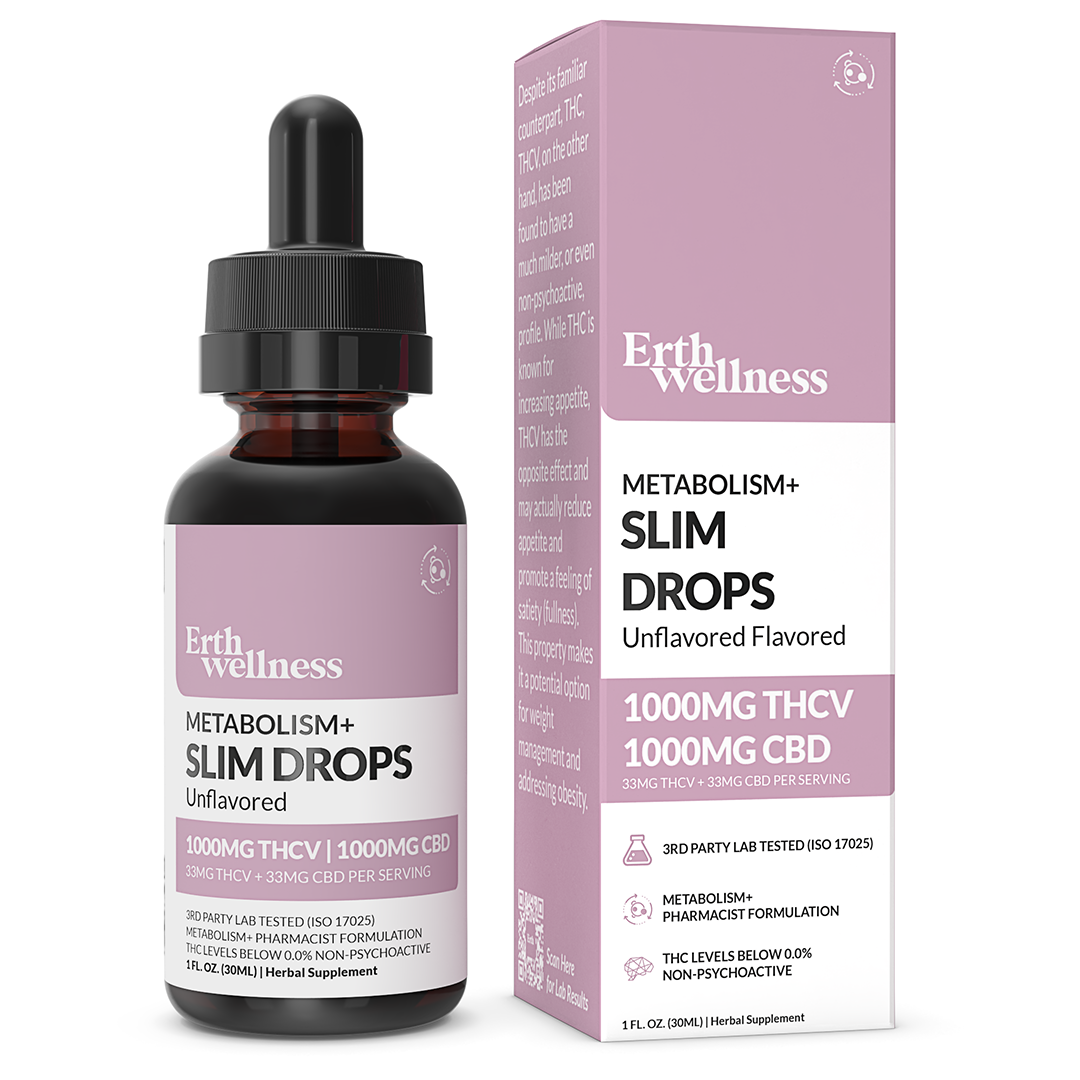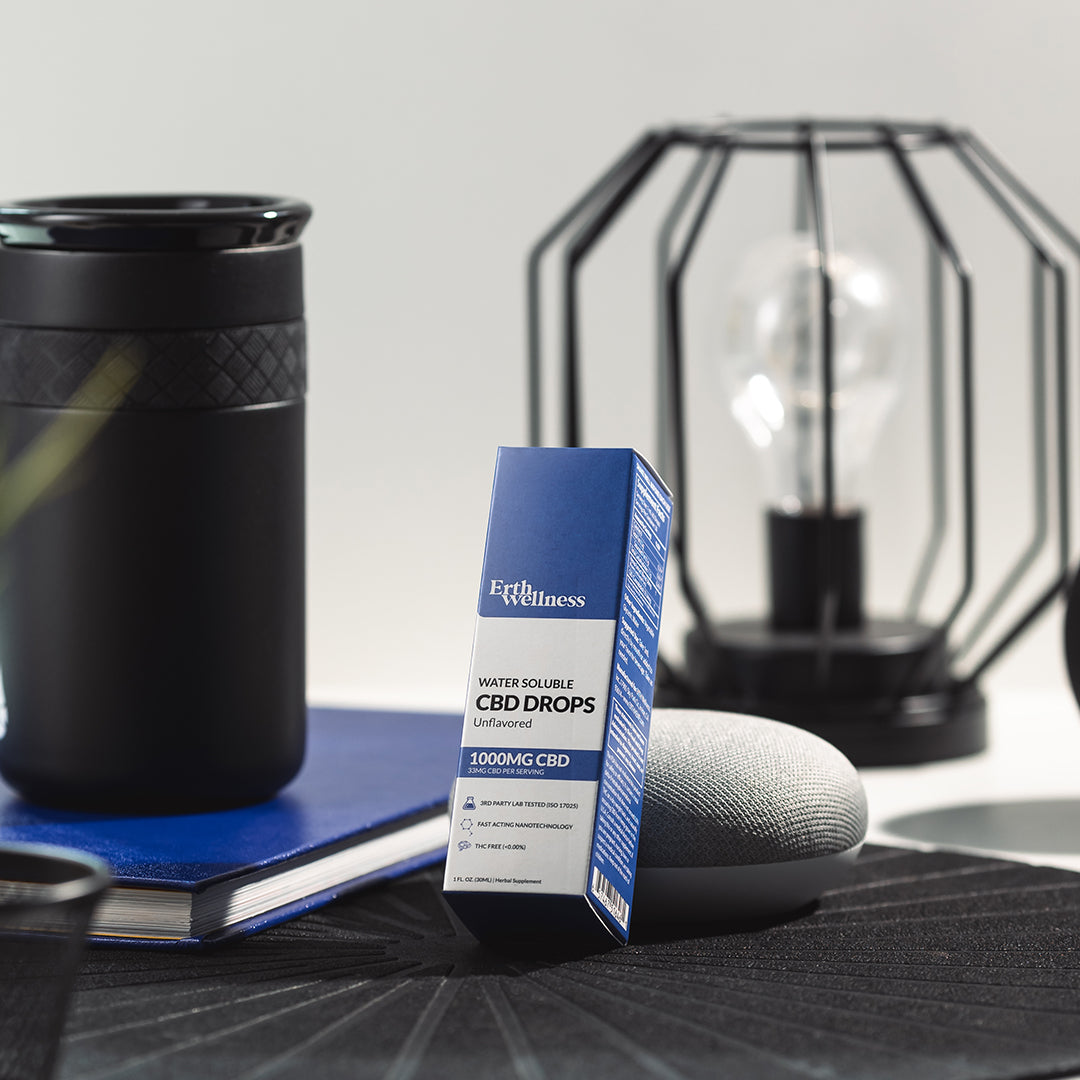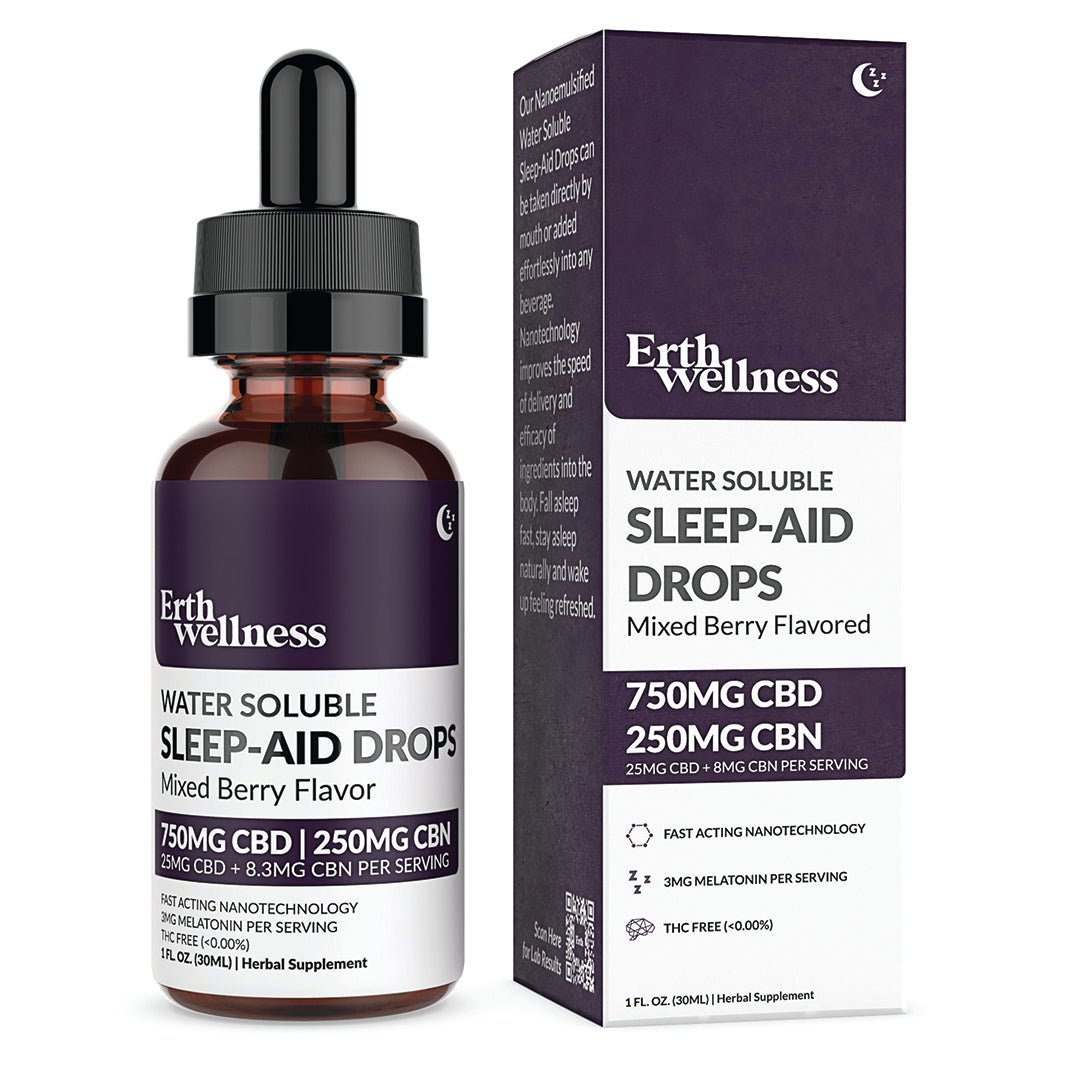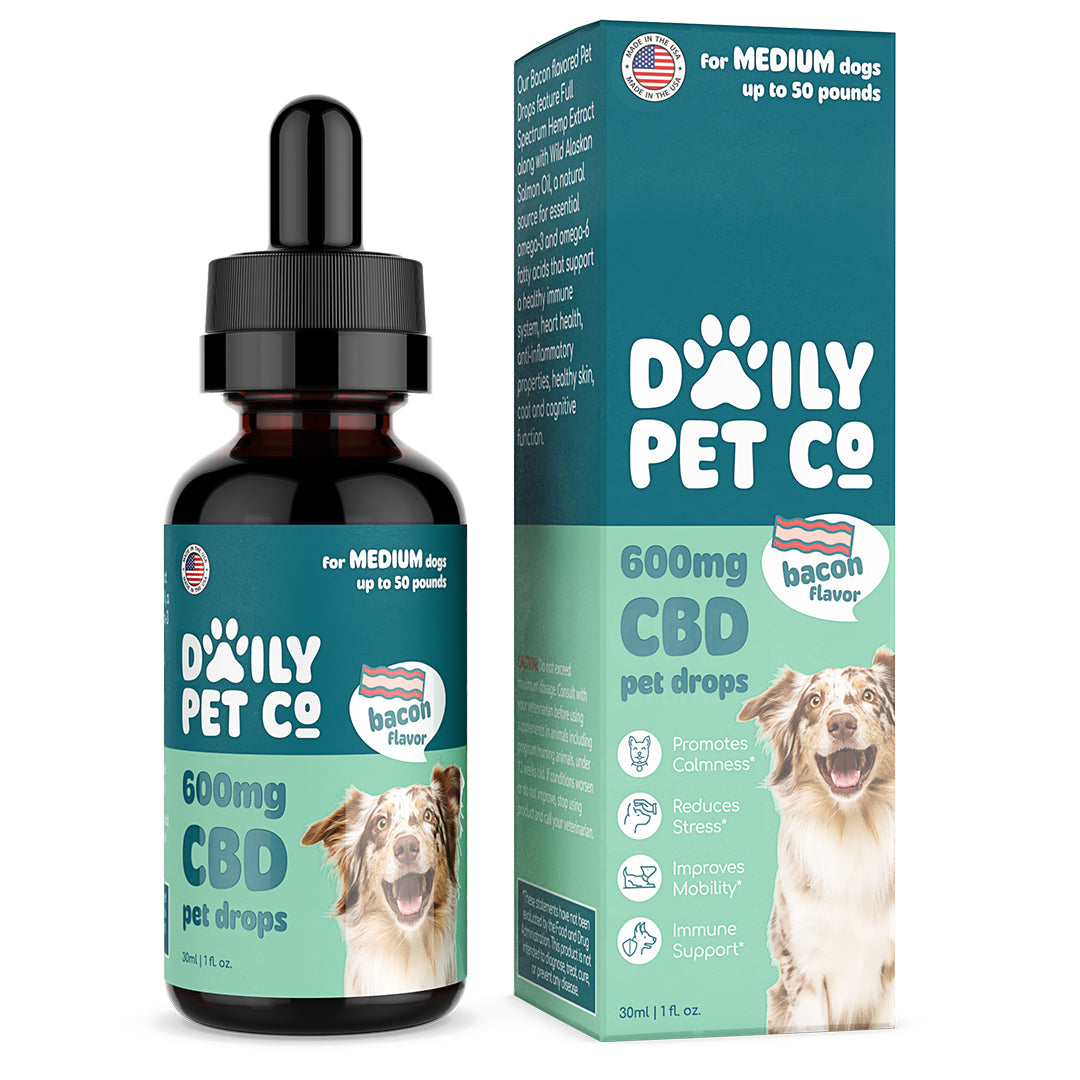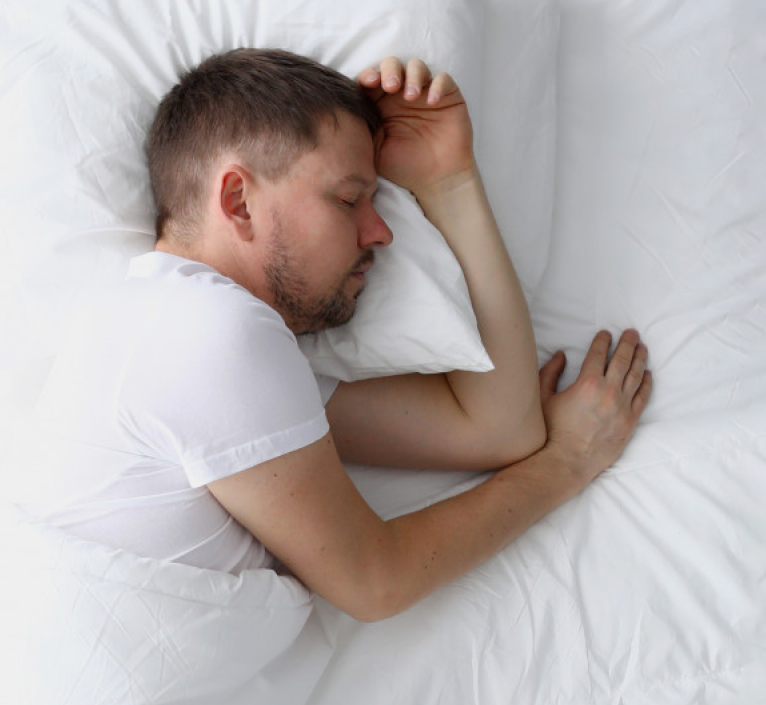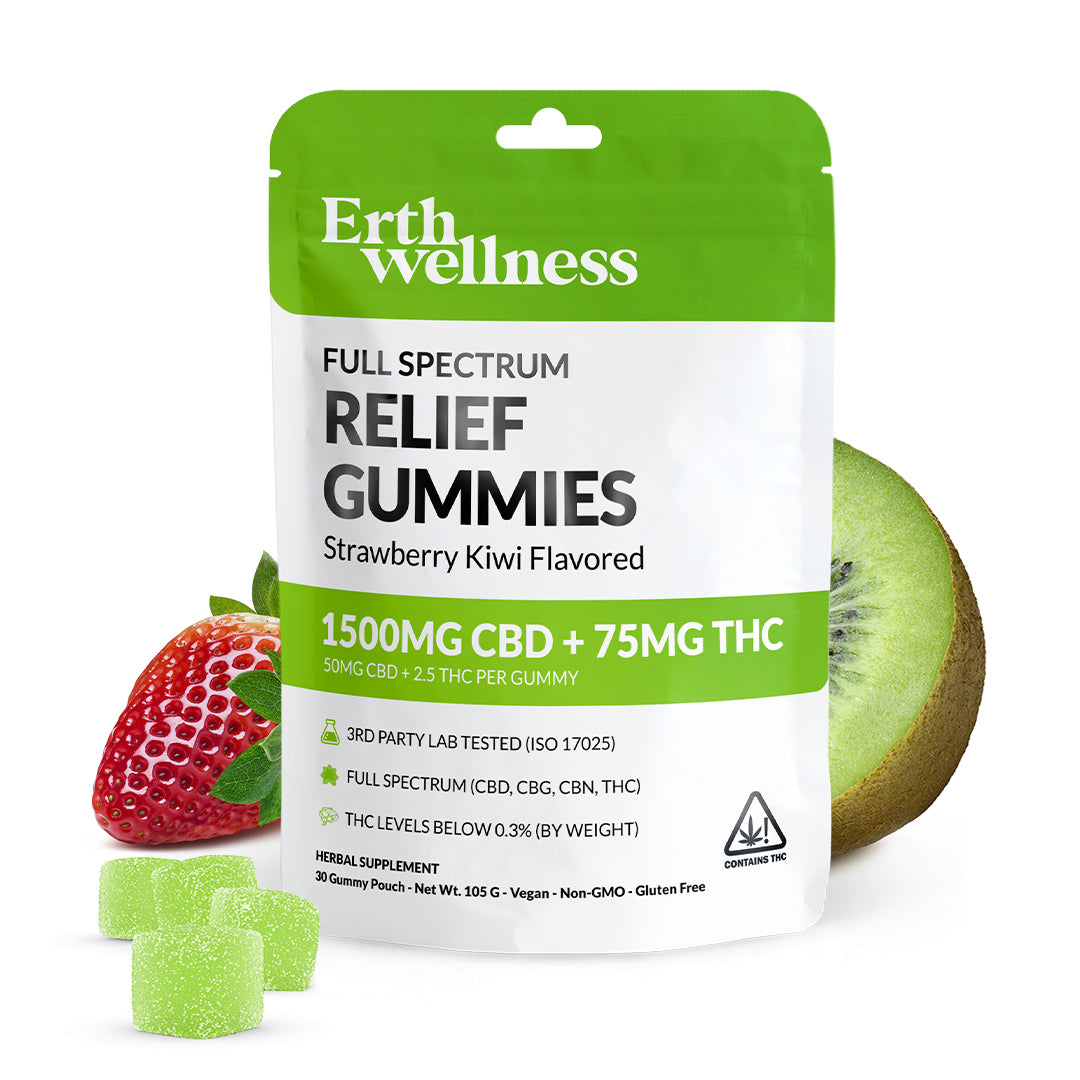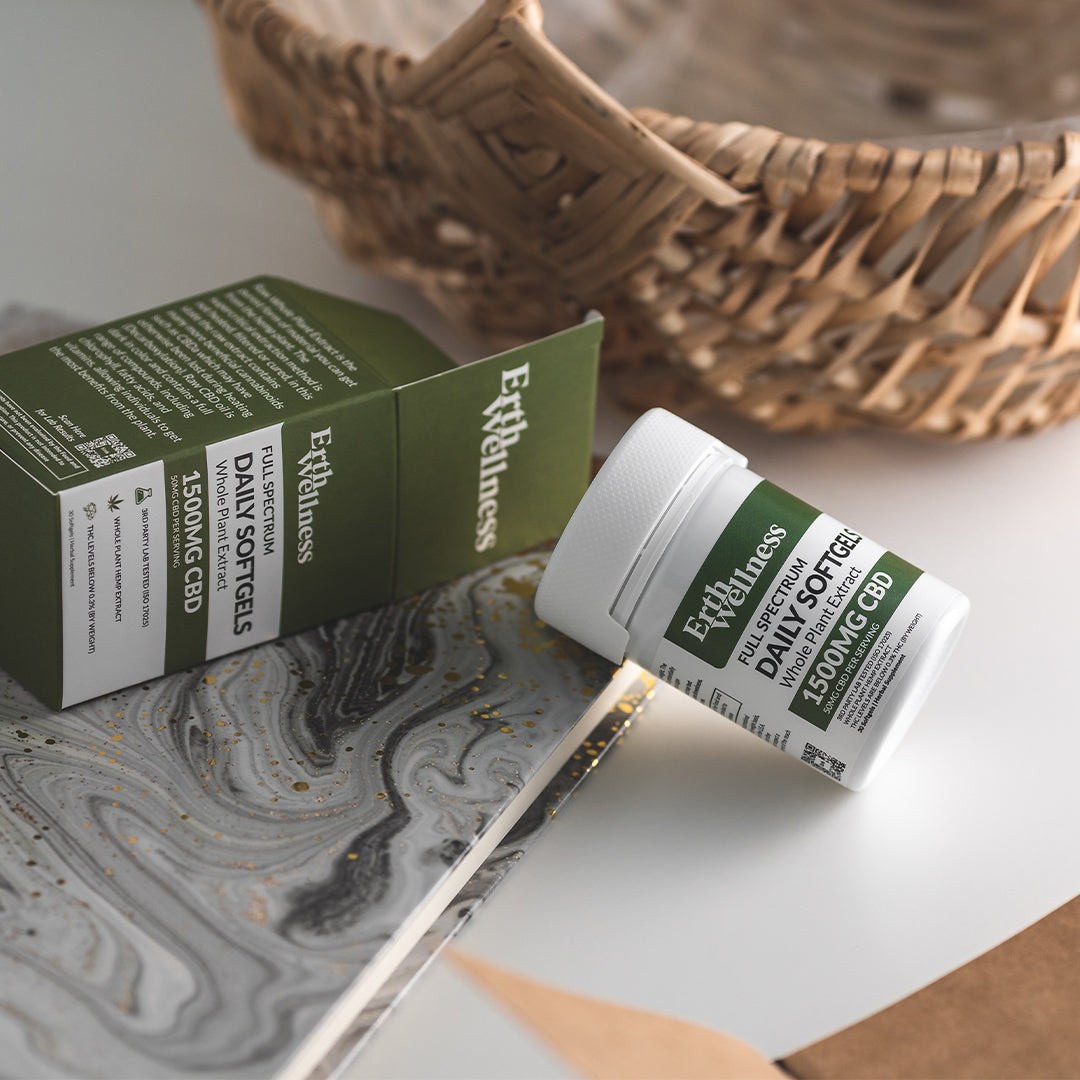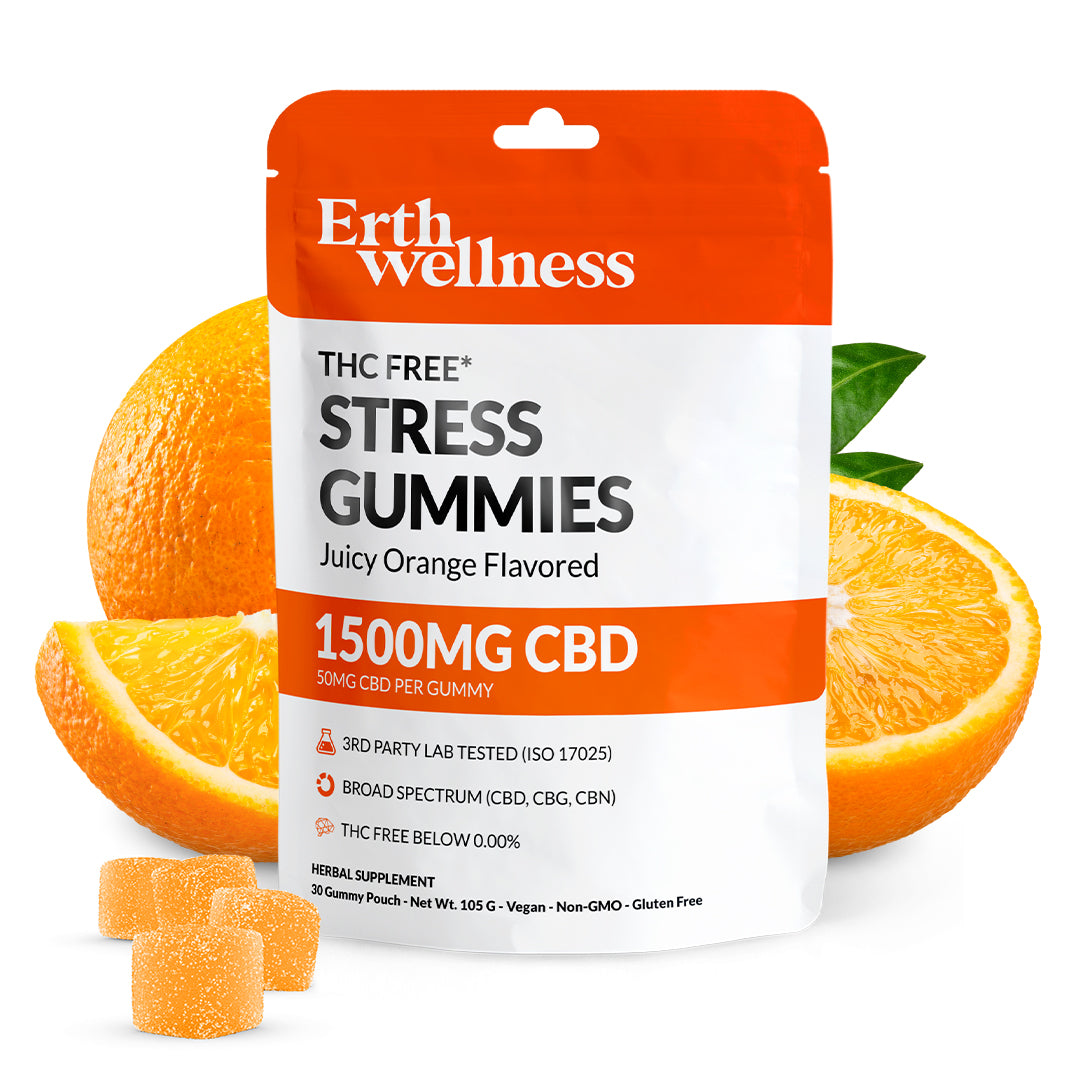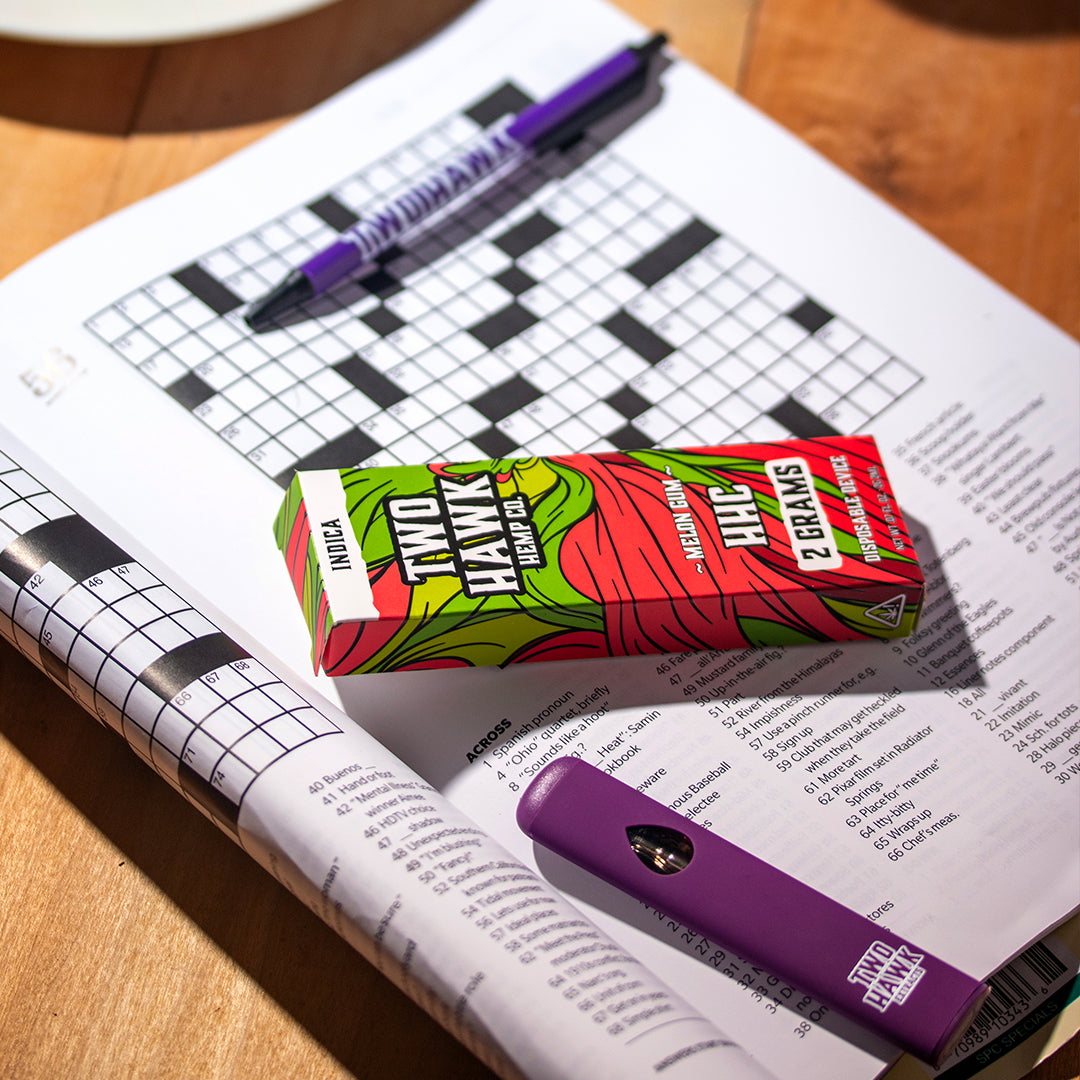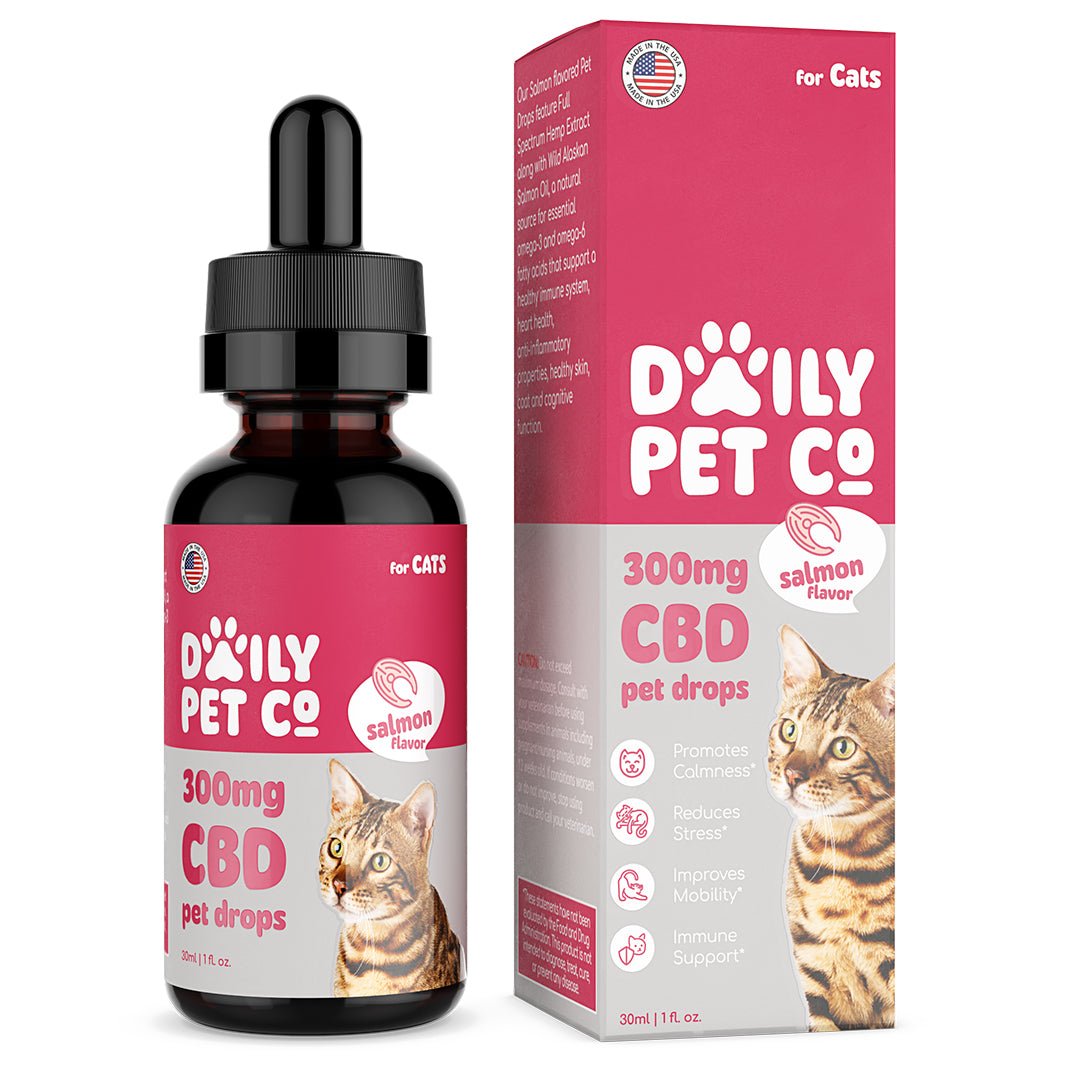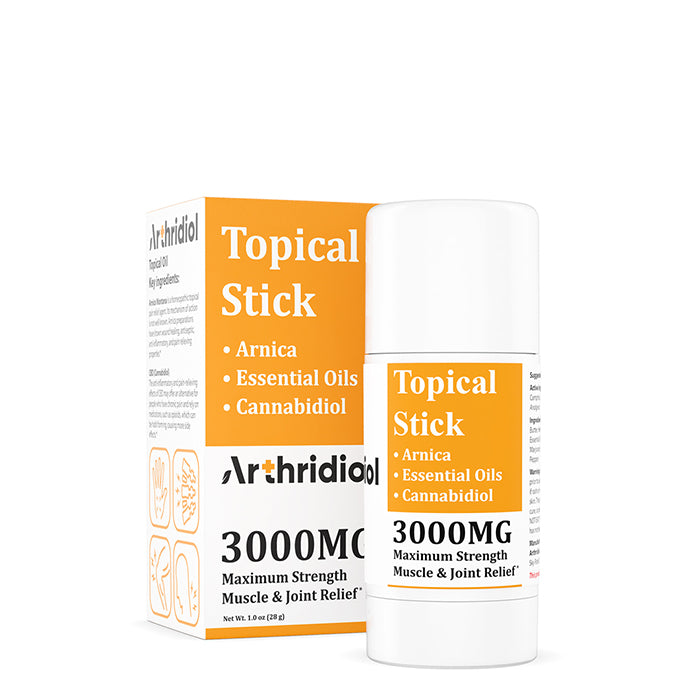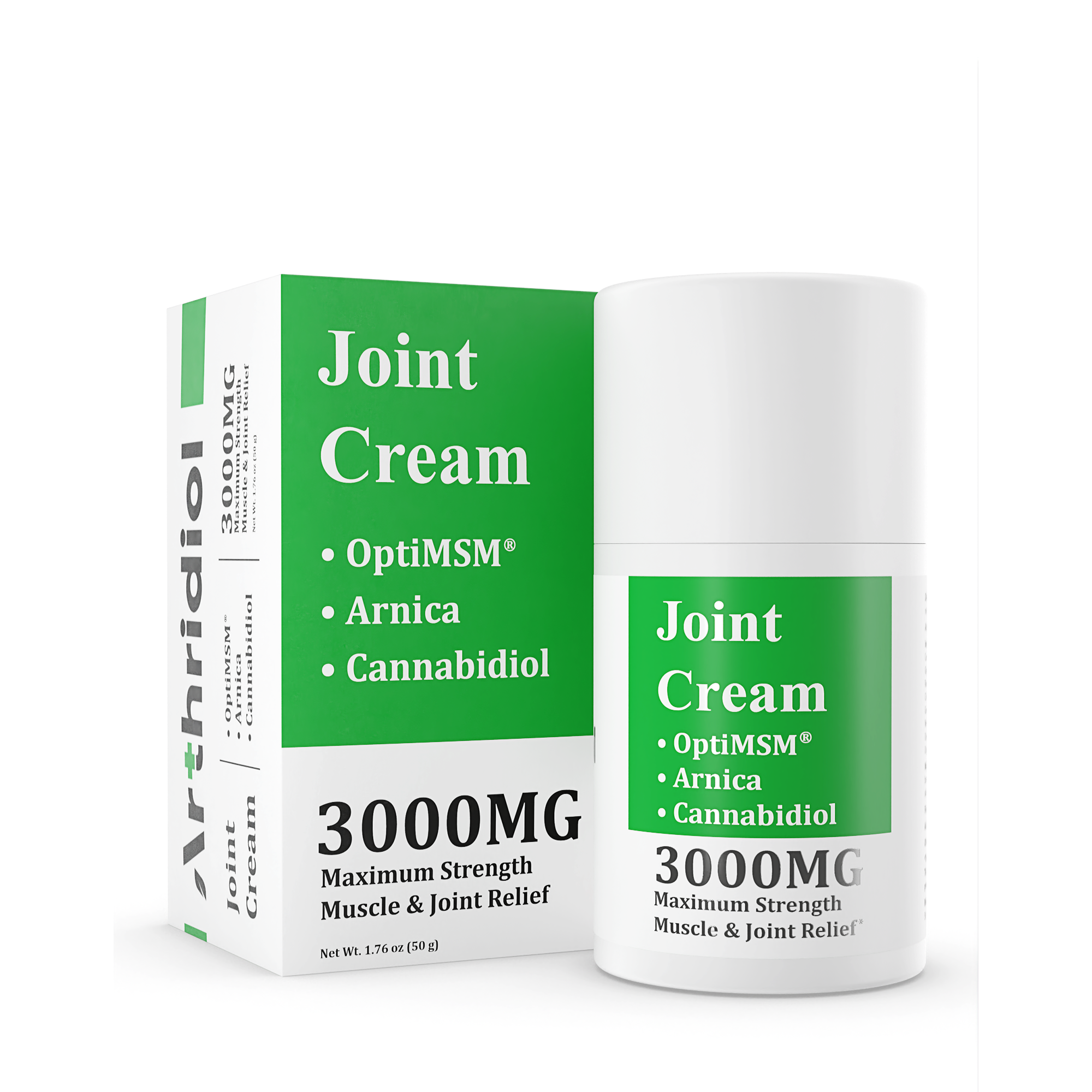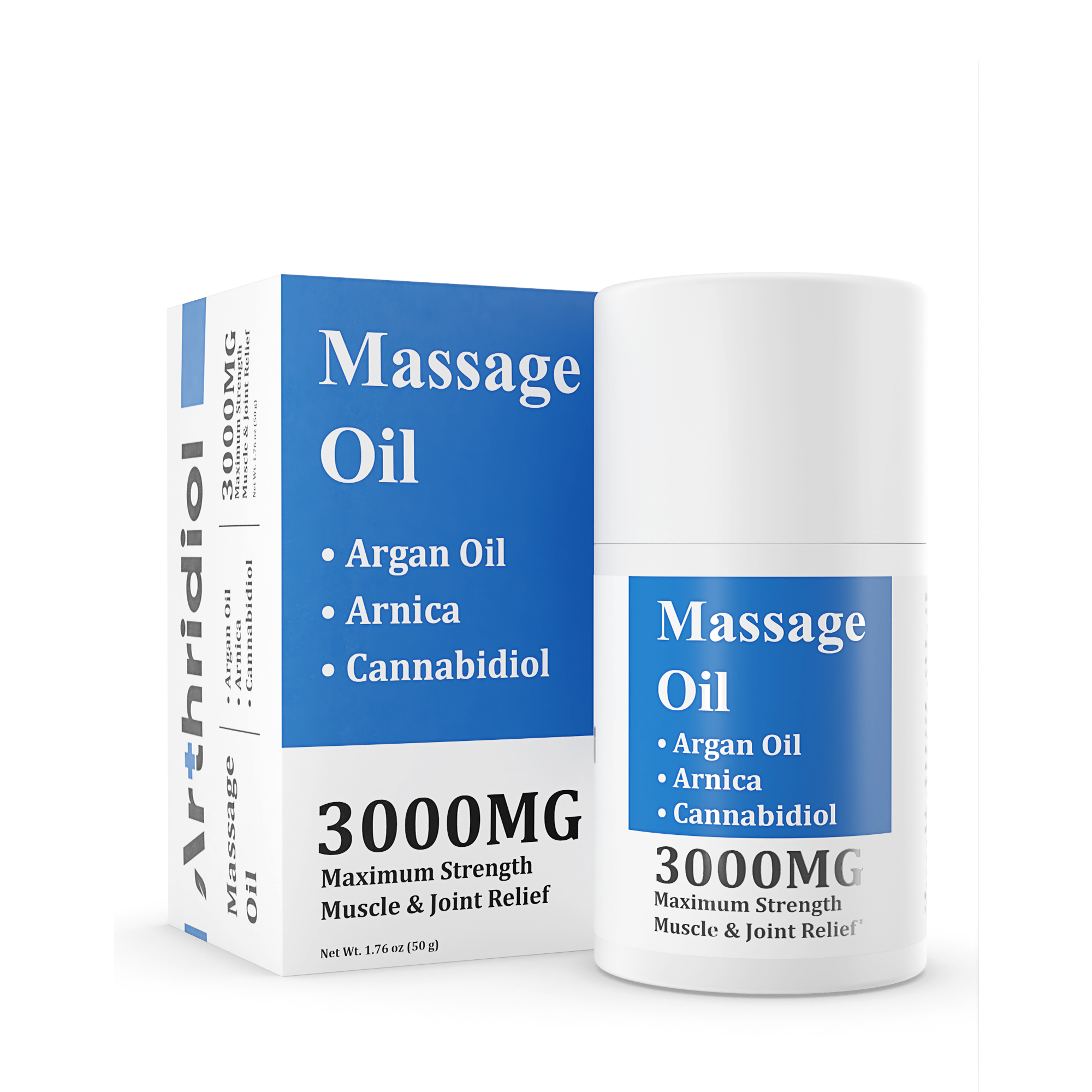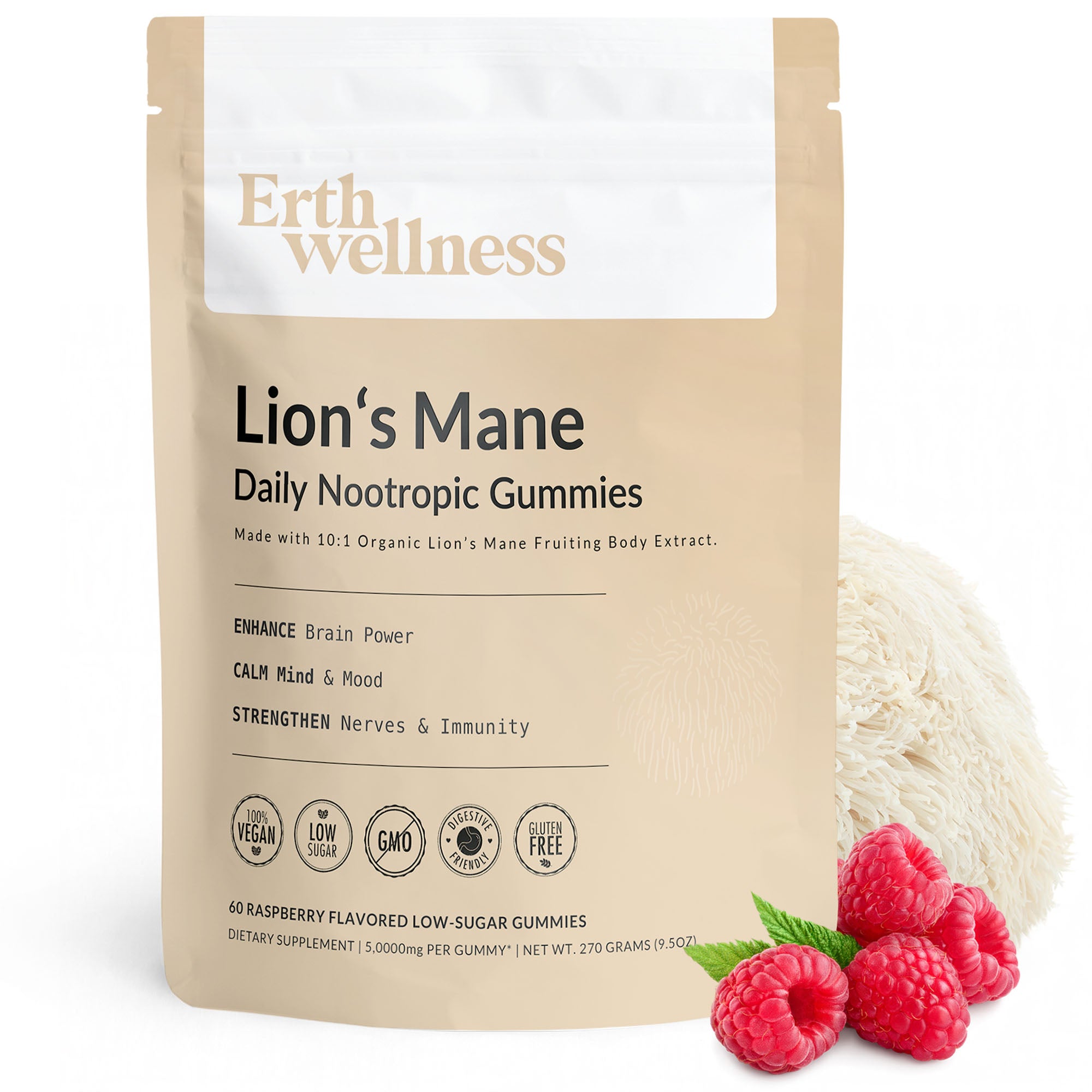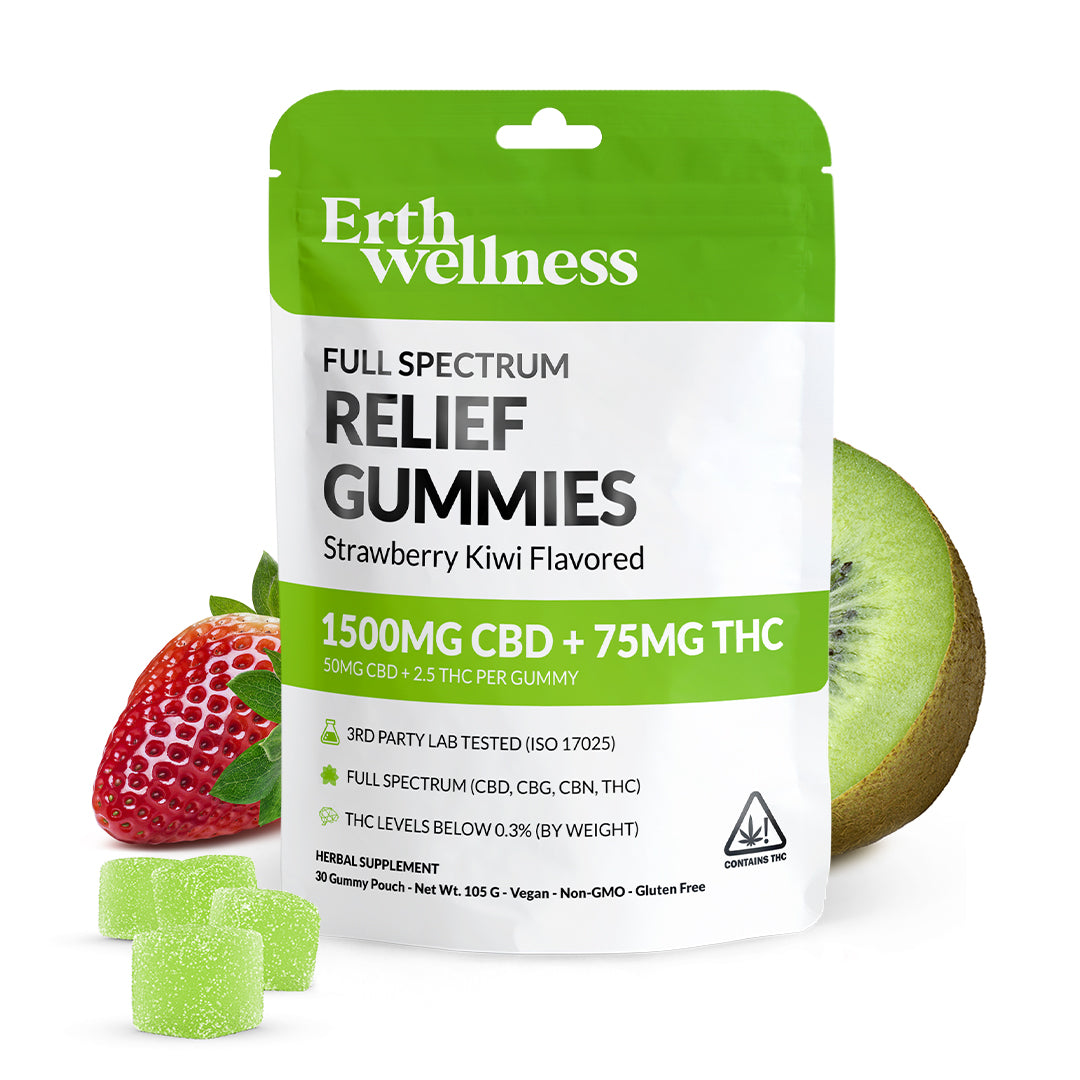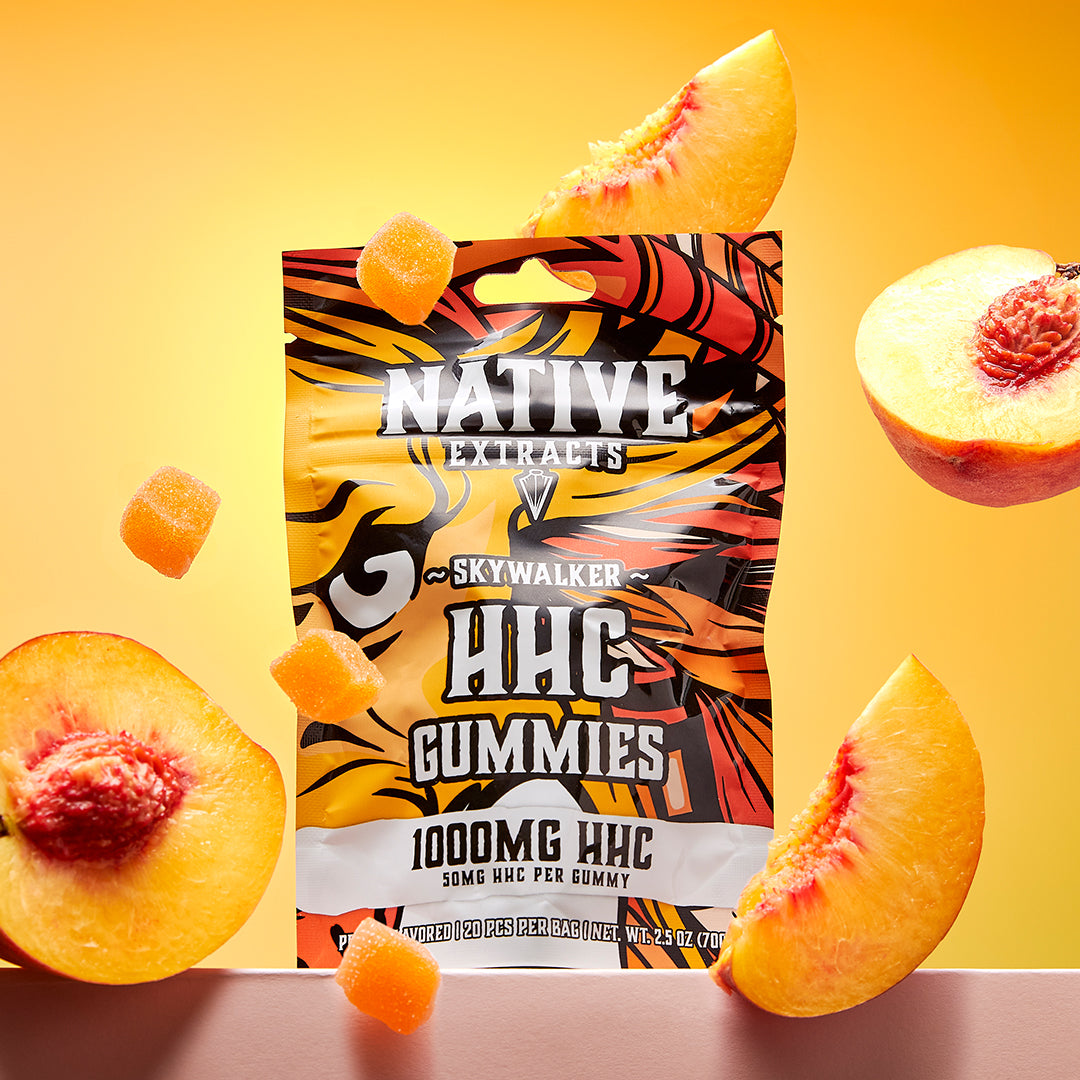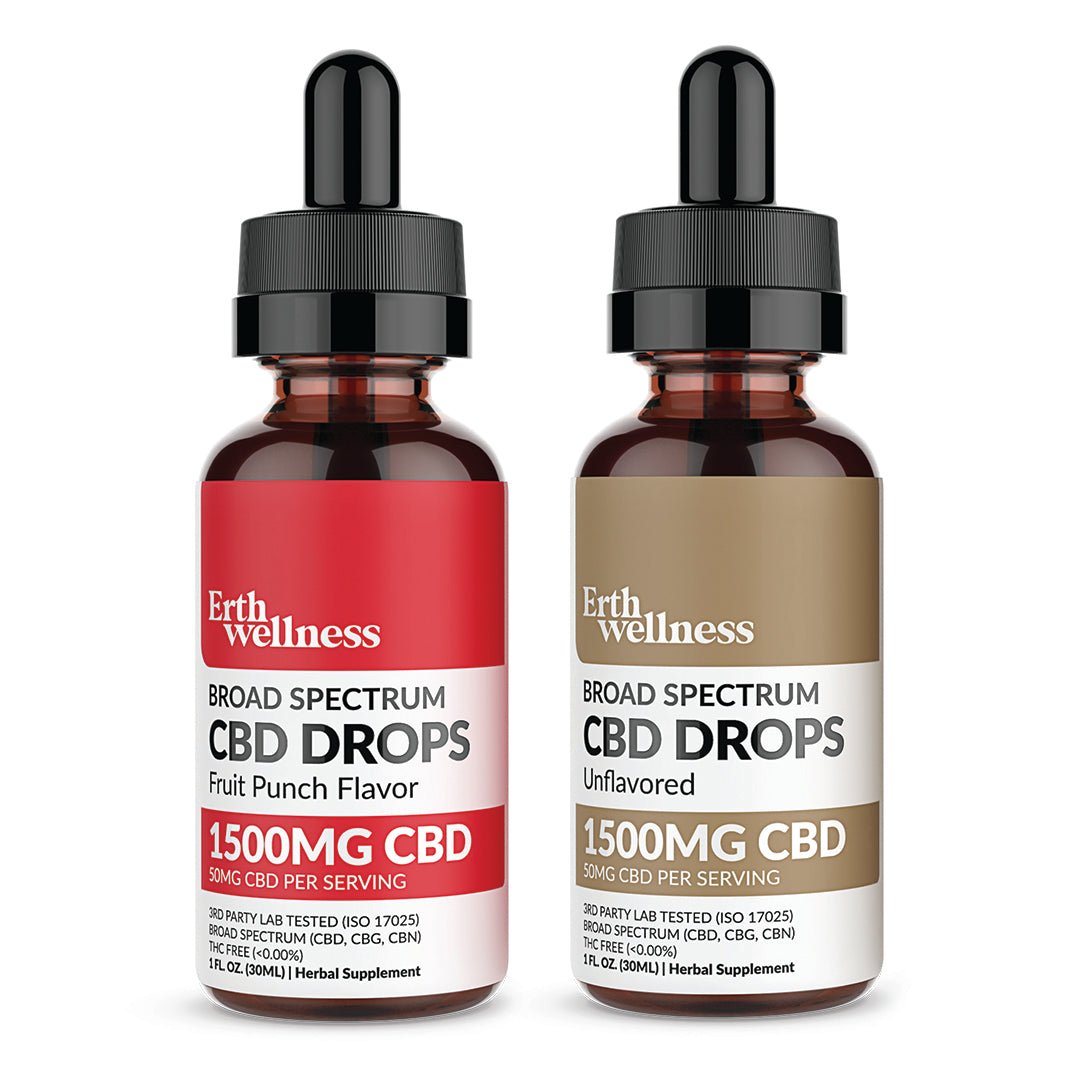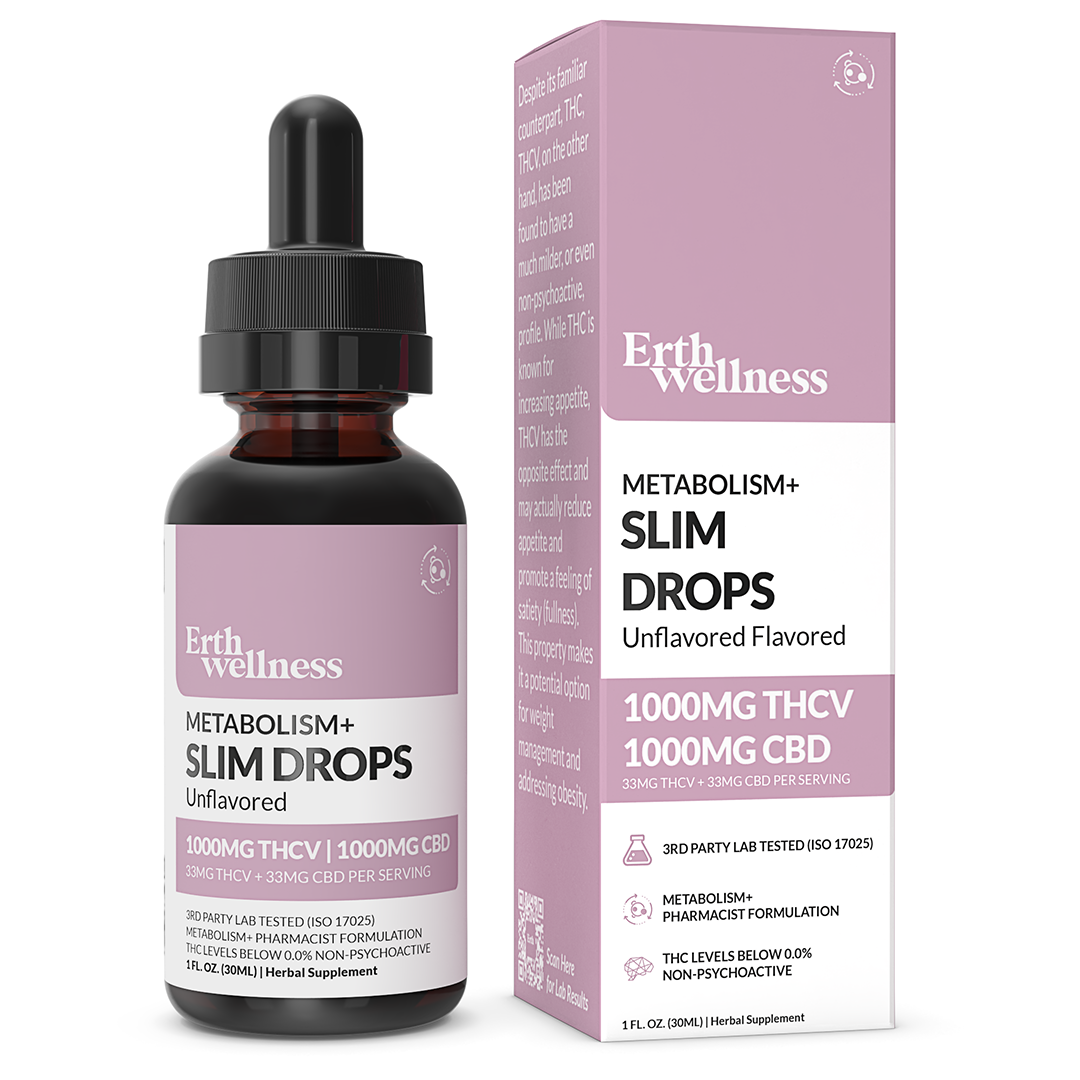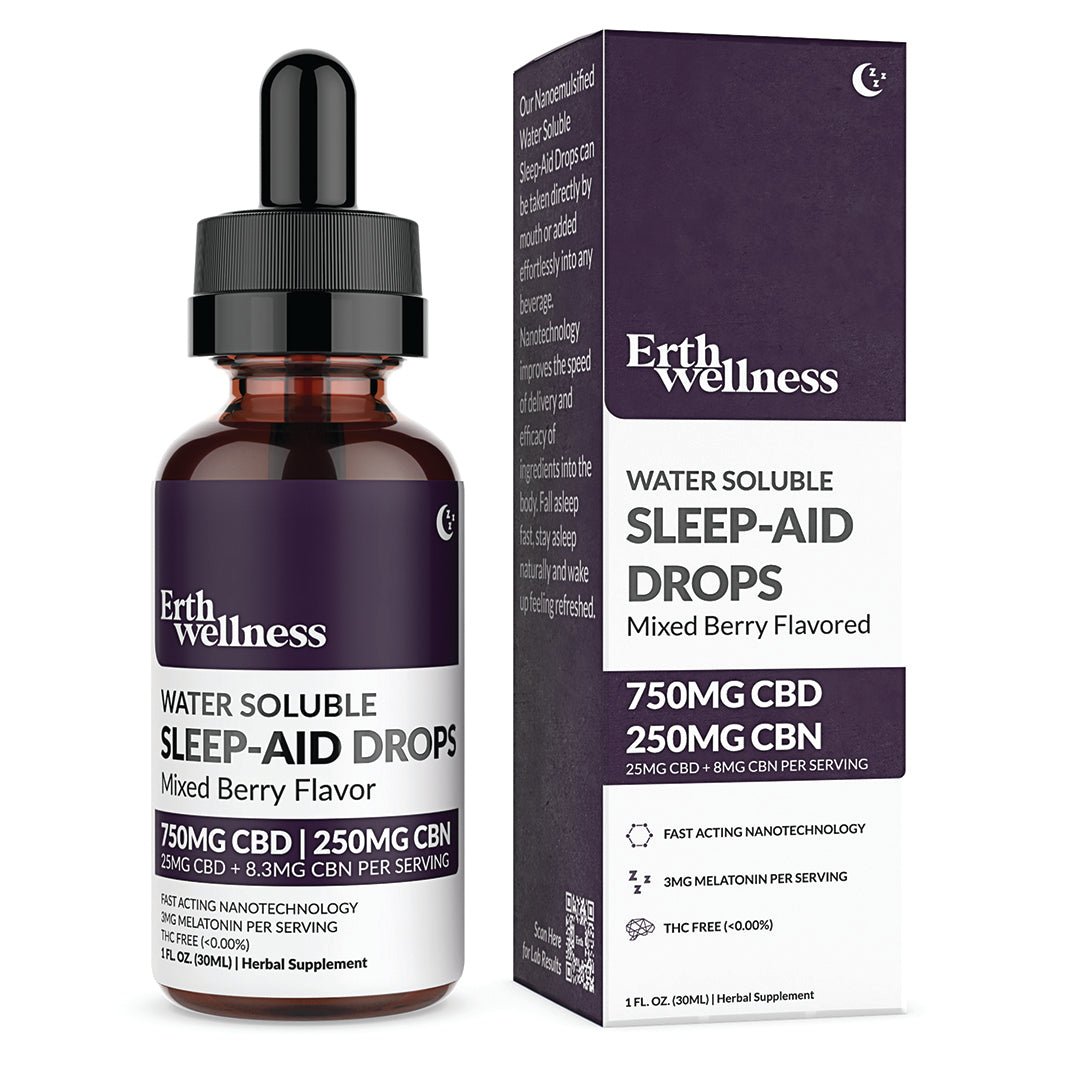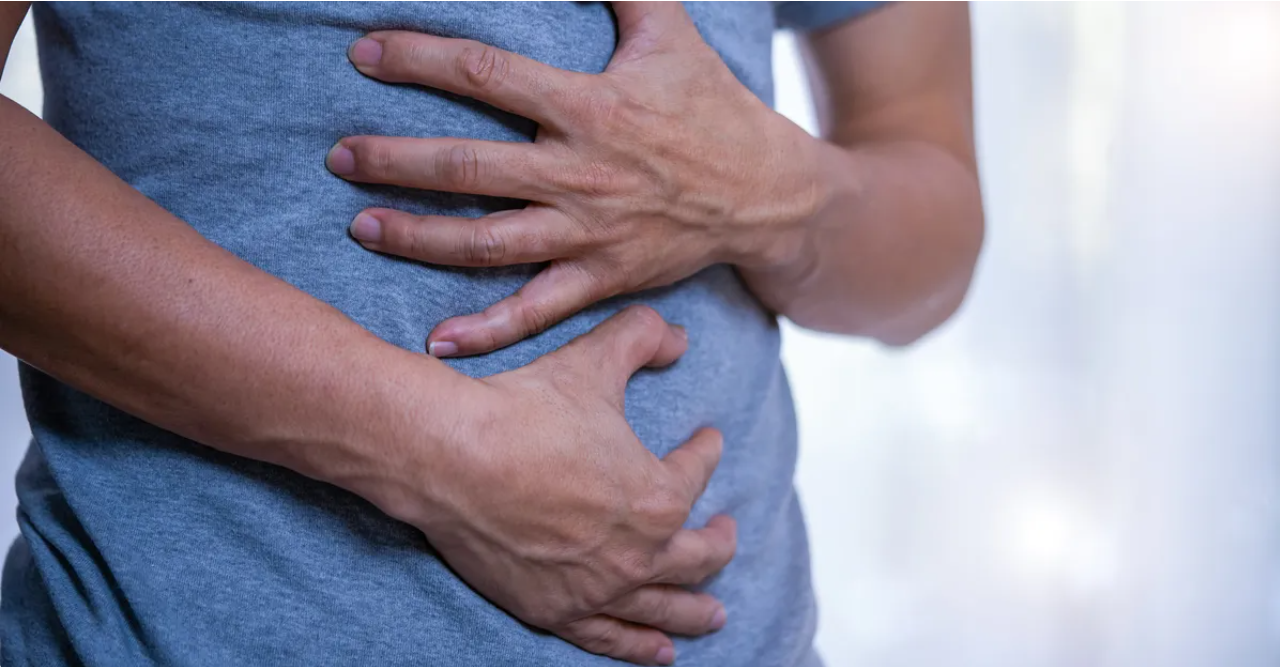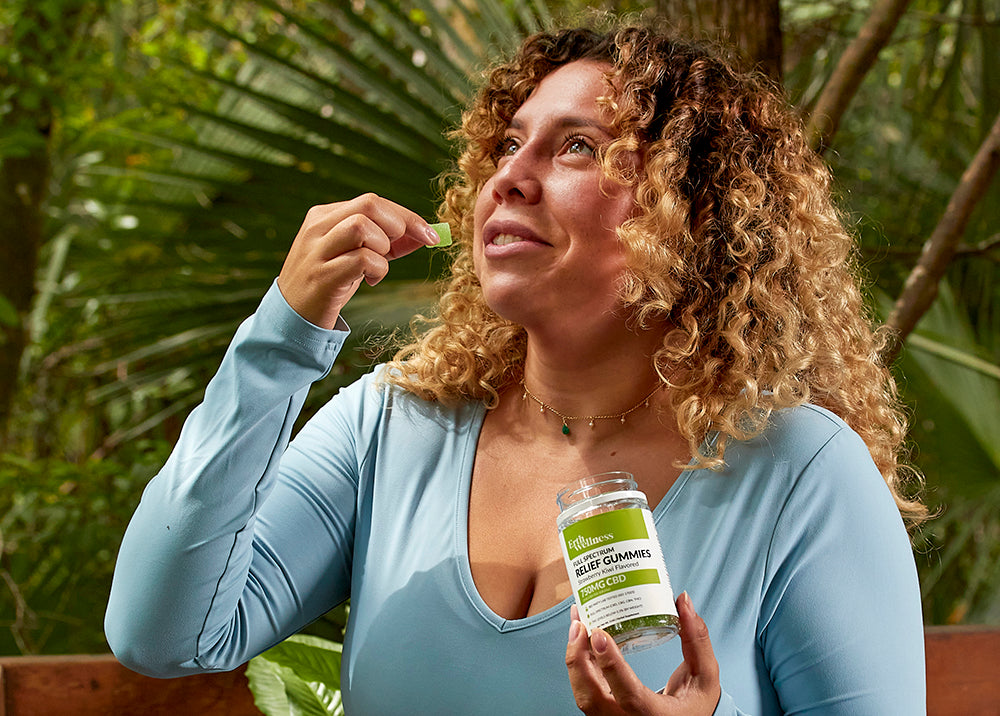In our previous article, we touched on several of the various myths and misinformation surrounding the world of cannabis. Whether it be associating cannabis as simply another word for weed, the necessity and usefulness of the THC amount found in CBD, or if it matters where the CBD was derived from, there is so much to learn about this incredible plant. In this article, we’ll be exploring in depth some of the misinformation regarding cannabis and hemp-derived cannabinoids. Regardless if you use CBD or have only considered using it, it’s crucial to separate fact from fiction. Some of these you may already know and some others you may never have heard before. The key is to ensure you understand what you are consuming, why you’re consuming it, and how hemp’s many homeopathic benefits can make a difference in your everyday life.
Myth #1 Higher Doses Are More Effective Than Lower Doses

This myth does have some truth to it, but only in regards to a certain type of CBD known as isolate. CBD isolate has been completely stripped away of all naturally occurring terpenes, other cannabinoids, and flavonoids. This entirely pure form of CBD requires higher doses to be more effective only in comparison to full-spectrum and broad-spectrum. But applying this mentality across the board to all cannabinoids is not only incorrect, but can be potentially dangerous. If you have a low tolerance to THC and CBD, it won’t take much to feel the effects and therefore a lower dosage is all that is needed. Individuals with high tolerances will require larger doses to experience any changes or effects. This is why manufacturers caution consumers to start off small and work your way up. Consuming too much of either CBD or THC can have uncomfortable effects that may lead you to view either of the hemp-derived compounds in a negative light.
Myth #2 THC’s Powerful Psychoactive Effects Are Dangerous
One of the most attractive side effects of cannabis is that it gets the user high. Just how powerful the high gets is solely up to the user, which in turn can make it seem potentially dangerous. Manufacturer’s will typically list the recommended dosage (on either the product packaging or on the official website’s product description) as well as the amount of time it should take to feel the effects. Not heeding these warnings can result in feeling overwhelmingly high to the point where uneasiness, disorientation, and other unpleasant emotions can kick in. Finding your ideal dose requires patience, especially depending on the type of cannabis-infused product you consume. We’ve put together a chart that outlines the recommended dosage as well as the standard time to wait before feeling the effects.
|
Edibles (gummies, softgels, & baked goods) |
½ - 1 piece |
45-90+ minutes to feel effects |
|
Sublinguals (oils & tinctures) |
½-1 dropper |
30-60+ minutes to feel effects |
|
Inhalables (vape carts & disposables |
1-3 puffs |
5-15+ minutes to feel effects |
There have also been reports of underage consumers getting their hands on gummies and baked goods that contain THC, resulting in hospital visits and stern reprimands from doctors, All THC-infused goods strictly state that the product is only for adults and should be kept out of reach of children. For of-age adults, getting high has many therapeutic benefits, as it can uplift the mood, encourage creativity, and help the mind unwind after a long day. The phrase “too much of a good thing is bad” does apply, but again, the amount consumed is solely left to the consumer’s discretion.
Myth #3 CBD Is Converted To THC When It Is Digested

You may have heard this myth with claims that it is backed by scientific studies, thus striking fear into the hearts of consistent CBD consumers. The scientific studies in question were conducted in a laboratory under extreme circumstances that do not accurately reflect the actual reaction in the stomach. The erroneous study dissolved CBD in a solution of sulfuric acid and methanol. This combination of chemicals bodes well under chemical synthesization, but does not occur naturally in the stomach.
We’ll be doing more research on this particular topic to help refute this erroneous claim, but it’s important to note that this particular claim is completely false in accordance with modern studies and research. One such study confirmed that high amounts of CBD (even 600 mg doses) did not produce any psychoactive effects that were comparable to the effects of THC. In fact, studies found that large doses of CBD could help reduce or eliminate the effects brought on by THC. CBD products that are consumed orally have an excellent absorption rate and while said products may contain trace amounts of 0.3% THC (as mandated by federal law in the 2018 Farm Bill), the CBD will not convert into higher amounts of THC in the stomach.
Myth #4 “CBD Is Legal Nationwide Because It Is Not Classified As A Controlled Substance
In 2018, the Agricultural Act (also known as the Farm Bill) permitted the cultivation of industrial hemp, provided that the total THC content be at 0.3% THC or less. As such, hemp and hemp-derived cannabinoids are considered legal on a federal level. This removed CBD from the list of controlled substances and persecution from the DEA. However, the FDA had specific rules set for CBD, namely that CBD cannot be marketed as a dietary supplement. This is due to a CBD pharmaceutical called Epidiolex that is used to treat two forms of epilepsy in children.
Another setback is that many states have their own rulings on whether or not CBD, THC, and other hemp-derived cannabinoids are legal. There are various rules that restrict farming, manufacturing, selling, and consuming products that can often differ in different parts of the state. Before you attempt to purchase CBD or any CBD-infused products, it's best to check with your state’s legislature to confirm you aren’t breaking any laws.
Myth #5 Legalizing CBD Is More Beneficial Than Legalizing Cannabis

There are currently 17 states that have strict restrictions on CBD, stating that low THC or THC-free options will be the only form of CBD that is legal. In stark contrast, 30 states have passed laws that legalize the use of medicinal marijuana as well as CBD. Many states limit the origin of products infused with CBD and restrict the type of CBD that can be accessed for specific diseases.
Unfortunately, these restrictions are not as effective as CBD products that contain the federally legal amount of THC (0.3% or less). CBD blended with THC or THCA (the raw unheated form of the cannabinoid) has shown great success when used in treatment of seizures for children and adults with epilepsy. Since CBD and THC work uniquely with each individual, the limitation of THC in CBD products (meaning isolate or broad spectrum) simply isn’t effective across the board. It is imperative that CBD-rich products with the federally legal amount of THC be accessible to persons who need it.
Myth #6 “As Long As It’s CBD, It Doesn’t Matter Which Plant It Is Derived From
The word “cannabinoids” is a derivative of the word “cannabis.” Cannabis is the mother plant of both marijuana and hemp. This means that the same cannabinoids exist in both plants, including CBD and other psychoactive cannabinoids. The DEA mandates that only cannabinoids derived from hemp are federally legal.
Large quantities of industrial hemp (as opposed to fiber hemp) are needed to successfully extract CBD from the plant. It is possible to use low-resin hemp cultivars in order to extract CBD oil, but this is not optimal. Hemp is a natural “bio-accumulator,” which means that it can (and does) draw toxins already present in the soil it grows in.
Related: CBG Live Resin
Conclusion

Information regarding cannabis and hemp-derived cannabinoids is frequently misconstrued and contaminated with untruths. Those who aren’t fully immersed in the science and culture of CBD and THC will often accept secondhand information as factual. Unfortunately, this has resulted in some slightly skewed truths as well as outright falsehoods. Here at ERTH Wellness, we’re devoted to the truth surrounding all things cannabis, whether it be cannabinoids that get you high or cannabinoids that can improve your overall health and wellness.
In order to earn your trust as well as quell your fears about not liking a product, we offer sample sizes for a variety of CBD products. Once you try and love the sample sizes, we’re confident you’ll be back for the full sizes of gummies, softgels, CBD vape juice, topicals, pre-rolls, and tinctures . Our products have been subjected to rigorous testing by third-party independent labs to ensure no bias in the results. The results of these tests are available for viewing on each product description as well as with a QR code stamped right on the product’s packaging.
Try our: Pure CBD Vape Juice no THC
If you have any questions regarding the information in this article or anything regarding cannabis and hemp-derived cannabinoids, feel free to reach out to our team for answers! In our next article, we’ll be discussing whether or not you should consume caffeine in tandem with CBD products. We look forward to seeing you again soon!

